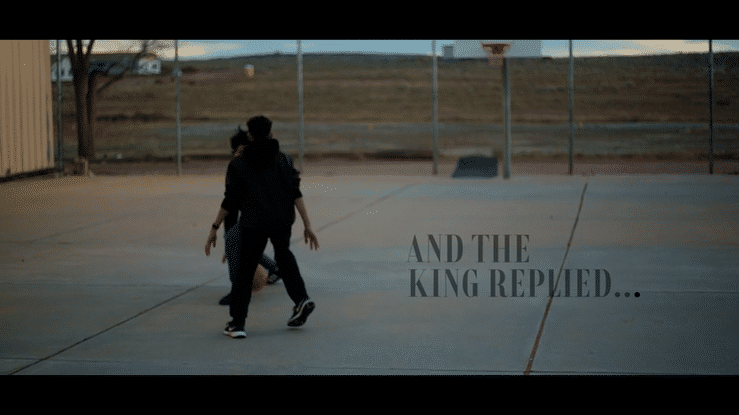HIS Nation - The Bruce Legacy
Fred Bruce Retires, Bruces Reflect on their Experience
Fred and Pam Bruce
The Equestrian Facilitated Learning program that has blessed so many Native American students over the past decade did not exist in 2009. Thanks to the vision of a faithful employee and his wife, this rehabilitative program at Holbrook Indian School (HIS) has helped HIS students heal since its start in 2010. Program founder, Fred Bruce was initially called to HIS to teach industrial arts. However, his passion and background with horses over the years would prove to be an additional asset in launching a program that would be a pillar of Holbrook Indian School’s mission to Native American youth. When this school semester closes, it will be Fred’s last time leading the horse program as he goes into retirement.
With experience in auto mechanics and welding, Mr. Bruce accepted the position of industrial arts teacher at HIS. With his wife Pam, Fred moved to Arizona to accept his new role but had ideas on even more. “I told them that if I came I would be interested in starting a horsemanship program.” Soon after his arrival at HIS, Fred’s proposal to the school board was approved. The rest is history.
Fred and Pam are two of the longest-tenured employees. I sat down with Fred and Pam to ask them about their experience at HIS over the last twelve years. The following is a transcript of that conversation.
A Stroll Down Memory Lane
How did you first hear about HIS?
Fred:
Pam’s cousin took some time off and came to work as a task force worker for a year. That is where we initially heard about it. When he came back after his time there, he had told us about it. We had heard about La Vita mission (another Native mission school) and thought he was talking about that. We were like: “are you talking about La Vita mission?” He said “no Holbrook.”
Pam:
We hadn't heard about Holbrook Indian School [HIS] before then. He had told us he enjoyed his time there.
This was sometime in the early 70s. Some years later, about 1978, we were on our way to California and decided to stop by to see it.
We always thought it nice that there was a school for the Native Americans. Later on we always thought it would be neat to come here and work.
Describe your first impression of the school and its mission once you found out about it .
Fred:
We were driving to California and decided to stop by and take a look. We came during the summer and the staff was all away. There weren't any lawns out here. It was just dirt.
Pam:
They didn't have money to do much
Fred:
We drove around and found a maintenance worker and he showed us around. I asked about the vocational shop because that was my area of expertise.
Did you ever think you would move to Arizona to work here?
Pam:
No, we didn't really think we would work here at the time.
You ended up taking the position of industrial arts teacher at HIS. What year did you first start working at HIS?
Fred:
We started working at HIS in January 2010, 40 years after we first visited.
Mr. Bruce - What was the state of the horsemanship program when you got here?
Fred:
There wasn't a horsemanship program going on here. I was only initially called to work as an industrial arts teacher. I told them that if I came I would be interested in starting a horsemanship program.
Mr. Bruce - What was the process like in getting that horsemanship program going?
Fred:
Dr. Ross was the principal at the time and she told me I needed to make a proposal to the board. The initial proposal that I gave to the school included the funds needed. The church that went to in Chatworths, GA came as an adult mission group trip and helped us build stalls and get things rolling. They had raised some money at their Vacation Bible School and provided materials.
We had our construction class for industrial arts that year and in that class, the students helped build the horse arena. The welding class built the metal gates for the arena and they also made the top dors for the horse stalls.
Mr Bruce with two students in the auto mechanics class. The auto mechanic class is one of several hands-on classes in the industrial arts program.
“There are several students that stand out. To mention one, for industrial arts, Troy Dale is one student that comes to mind.
When he first came, he read at a first-grade level.... Now he does maintenance for a long-term care facility in Flagstaff. ”
Mr. Bruce - During the time that you have been at HIS, has there been any students that stand out as making progress/showing promise in the industrial arts program? How about horsemanship?
Fred:
There are several students that stand out. To mention one, for industrial arts, Troy Dale is one student that comes to mind. When he first came, he read at a first-grade level, but he really liked the vocational classes. He took them all four years. Now he does maintenance for a long-term care facility in Flagstaff. I don't know what level he ended up at before leaving, but his reading progressed to a functional level in the four years he was here.
Since he’s graduated, he’s gotten promoted and orders supplies and manages other workers.
For horsemanship, there are too many to just pick one. But noticeable mentions would be Troy, Sheridan, Jerena, and Jasmine. More recently there’s been Quentina, Jenesis, and Chanlynn. A young student that is not in the class (because he’s too young) would be Jaden, he volunteers all the time to help out at the barn, cleaning the stalls, and rides whenever he has the opportunity.
Mrs. Bruce - What was the state of the art class when you got here?
Pam:
I think it was going ok. At the time it was just pottery that was offered at HIS. A staff member had left and they asked if I would teach the pottery class.
Mrs. Bruce - HIS Alum, Jerena Hunter, shared how art played a big part in her personal growth at HIS. She says that she started attending in 2007 when, at the time, there were no visual or graphic arts classes. by the time you came along, you had sent out a request to donors in the newsletter appealing for art supplies. Tell us about the need and the resulting influx of art materials.
Pam:
We didn't have a lot of art supplies. None of the drawing supplies and things other than pottery were available to the students. There was a lady in California who saw my request in the newsletter and had sent supplies and money in the thousands to help.
Mrs. Bruce - How did it make a difference for Jerena or the students in general?
Pam:
Our students loved it. They really enjoyed their art classes. Jerena likes to draw. It helped her express and process her feelings by doing art.
Between the two of you, what are some memorable moments at HIS?
Pam:
I enjoyed riding the bus whenever we would take trips with our students. When I first came I spent lots of time at the barn helping Fred, and I enjoyed that. I loved taking pictures of the students.
One of the students, Jasmine Perry, asked us if she could use one of our horses. Because she didn't have a horse and always wanted to ride with her family. Her family had horses but she didn't.
Fred had always wanted to ride in Canyon De Chelly on the reservation but found out you have to go with a Native tour guide or have a resident to go with you. Jasmine’s family had land down in the canyon and they had always ridden there.
Jasmine asked her aunt if we could come along on their annual family ride and they invited us to come to ride with them. Mr. Ojeda came along with us. We got there to the canyon, it was absolutely beautiful. It was such a wonderful experience that we will never forget.
There was about 50 Natives that went with us. We learned a lot about the canyon. They would point out paintings on the canyon walls, and we learned a lot about the historic things that happened down in the canyon.
Jasmine’s mom had talked to me before and asked what type of sandwiches we wanted. In the middle of the ride, we stopped and had lunch. They fed us and they were very friendly to us. They made us feel very welcomed.
“As time went by and I continued to teach and make relationships with the students, the very student that had said they were trying not to learn, started coming to me to get extra help.
For most students, grades weren’t as important as if they had a relationship with you, then they wanted to learn. ”
Fred:
When we first came the students didn't accept me very well. For example in the auto mechanics class, I would quiz them on the concepts we covered, and they would all score low. One day I asked what can I do to help you guys understand. One guy said: “why are you getting on to us?” I told them: “I'm not, I just want to know what I can do to help you learn.” Another said, “well, we have been trying not to.” I thought I heard wrong, so I asked him to repeat what he said and he told me again.
That was very disheartening.
Every few days a student would ask me if I was still going to be here next year. I told them: “I plan to.”
As time went by and I continued to teach and make relationships with the students, the very student that had said they were trying not to learn, started coming to me to get extra help. For most students, grades weren't as important as if they had a relationship with you, then they wanted to learn.
Why is the horsemanship program so special and important to the greater mission of HIS?
Fred:
The horsemanship program has great rehabilitative benefits because it allows the students to feel a sense of accomplishment and achievement. It boosts our students’ self-confidence as they develop a relationship with the horses. This big animal will do what they ask them to do.
What is one piece of advice you would give to someone considering working here?
Fred:
I would say get to know the kids. Try to help them in life as well as in class.
Pam:
You have to get acquainted with the students and love them. Visit with them. That is what we have done. We have a lot of kids come back and visit us after they have graduated.
We have enjoyed our time here, meeting these kids. We will never forget them.
Photos Through the Years
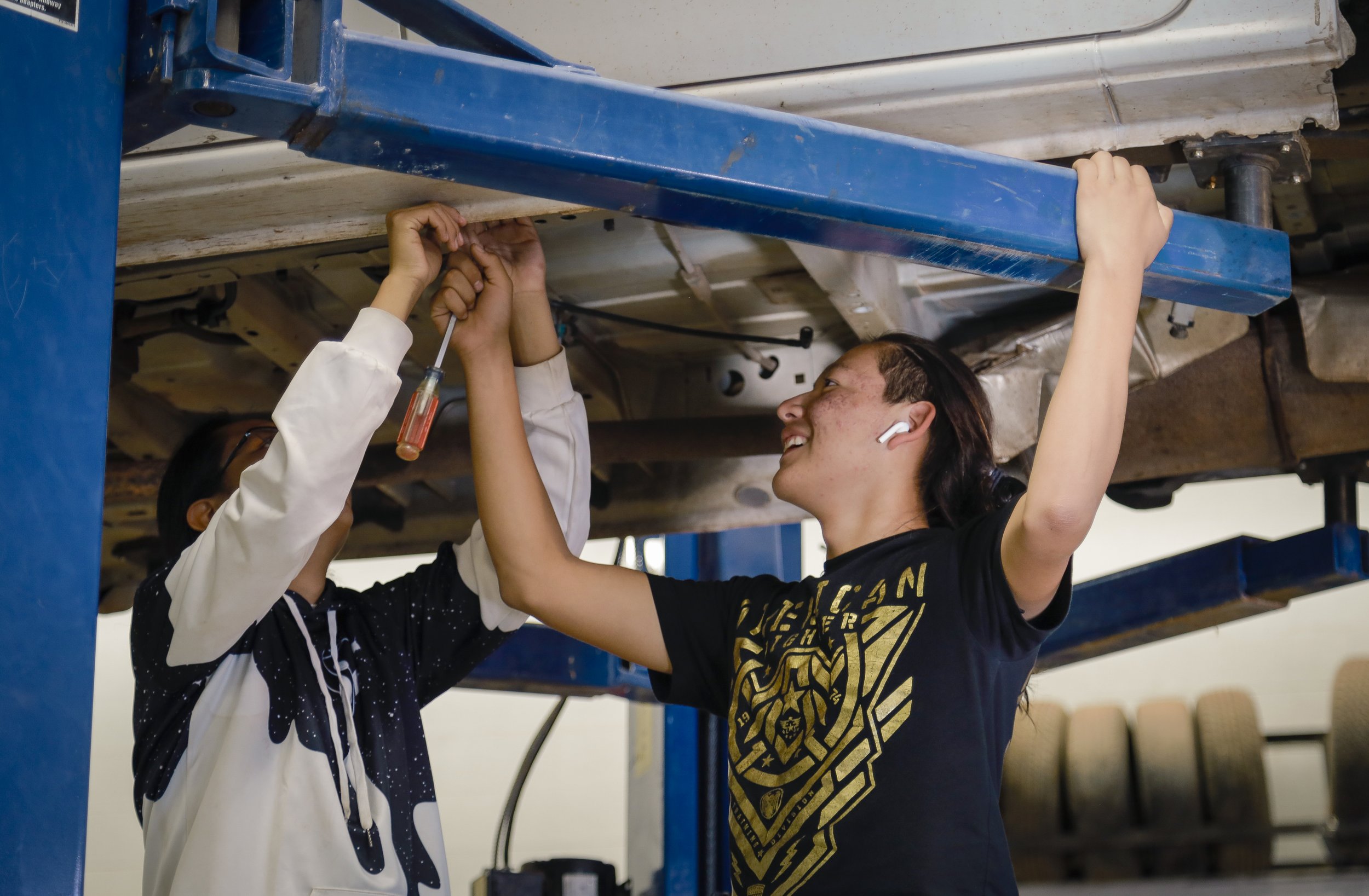
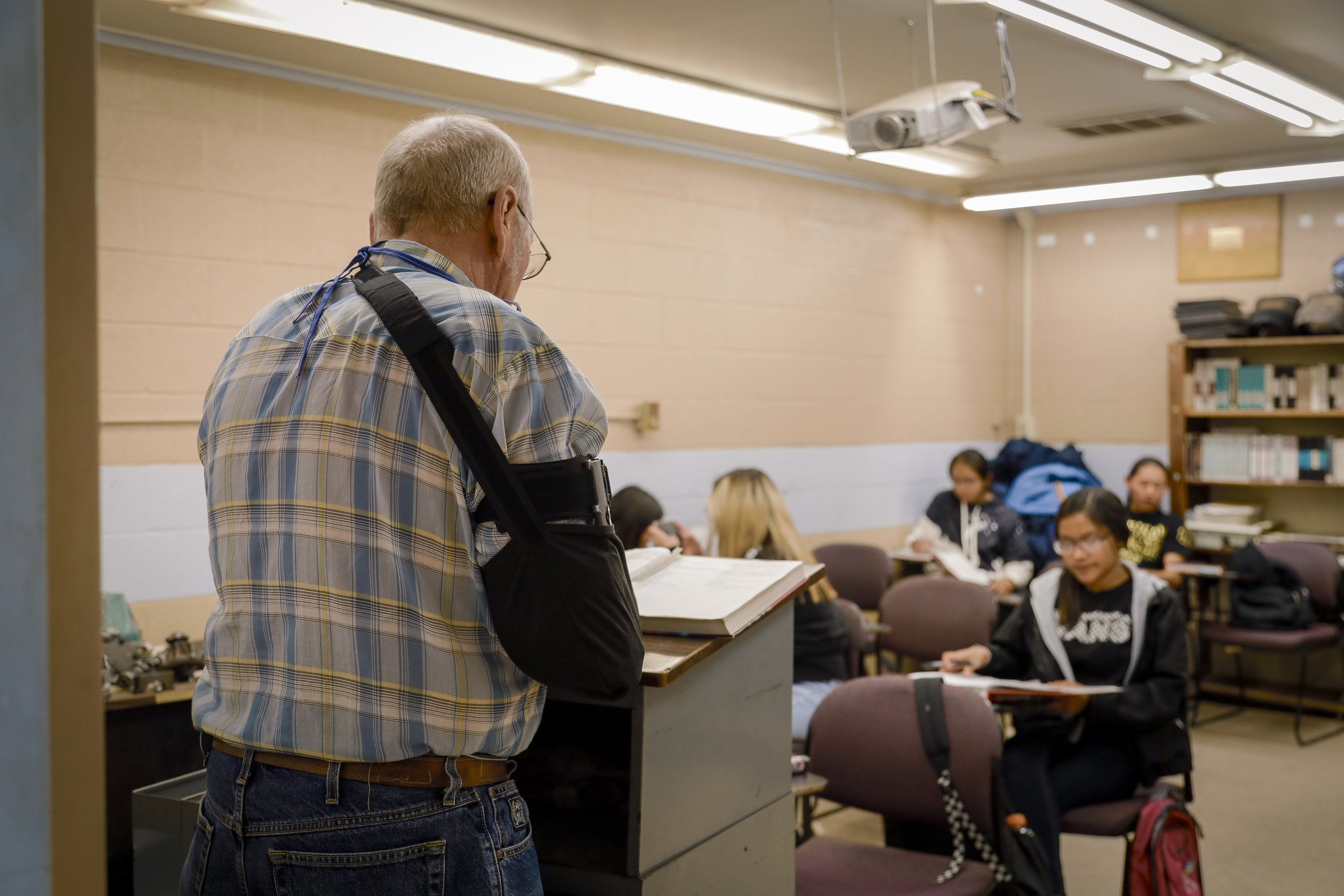
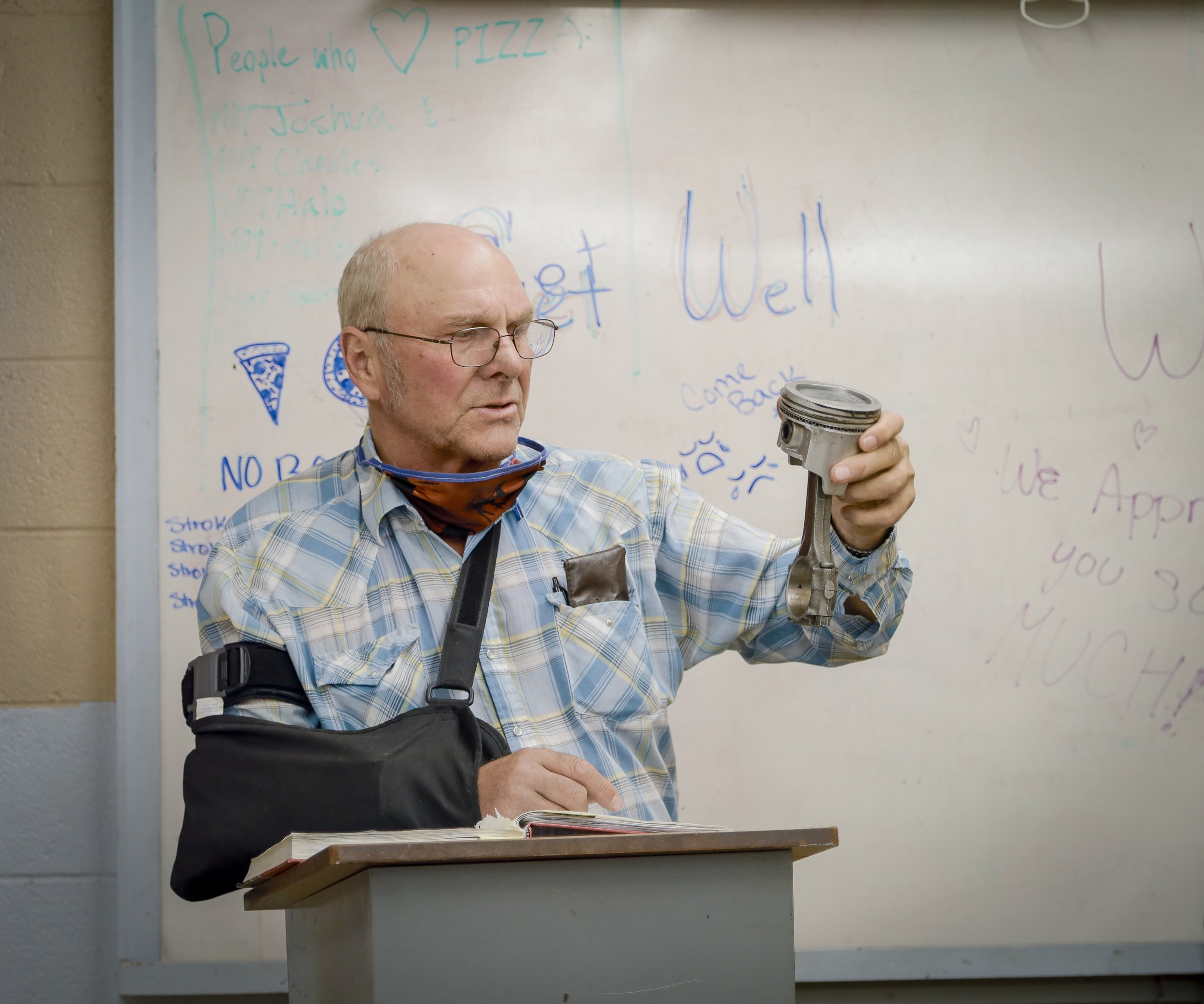
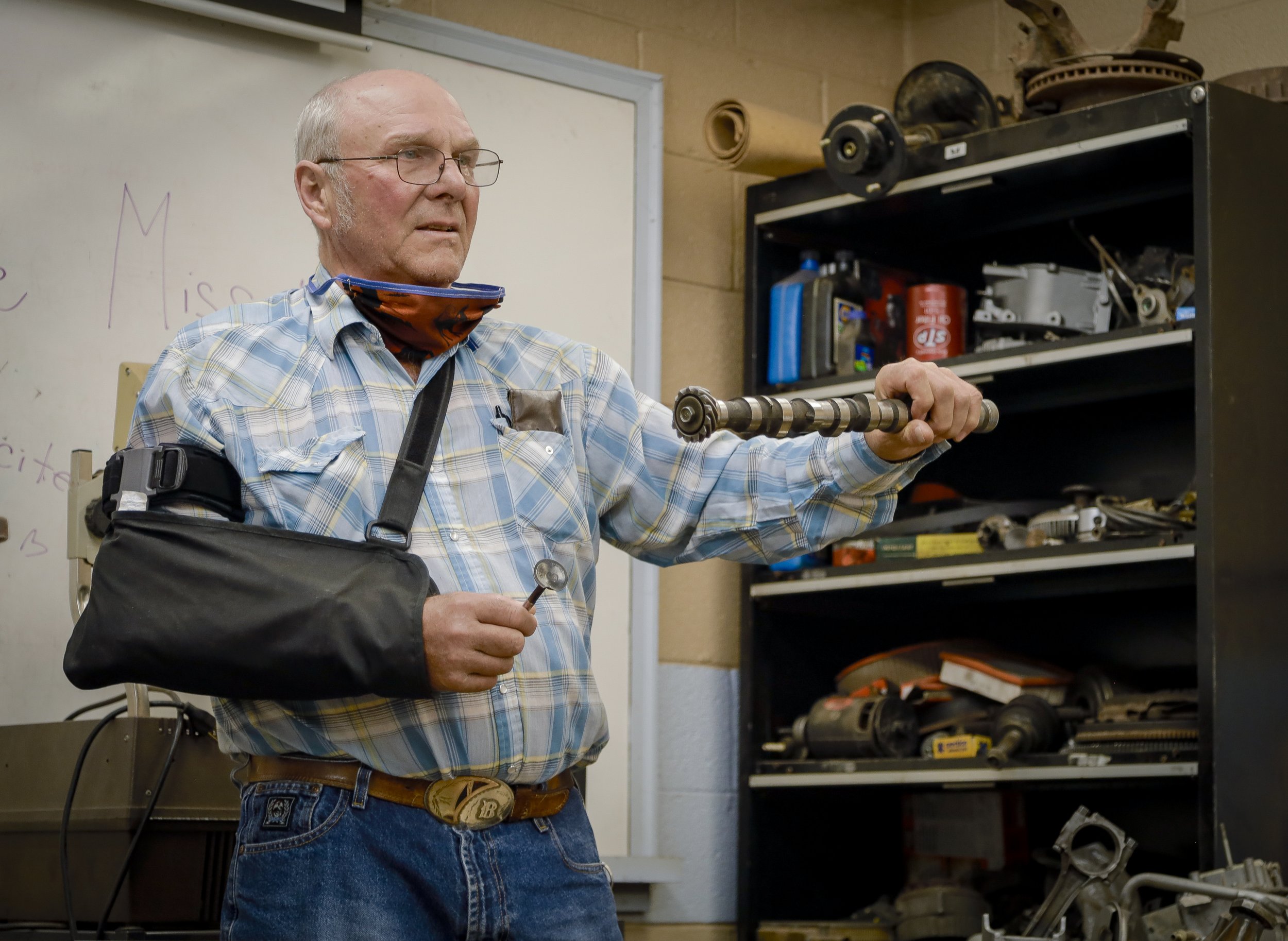
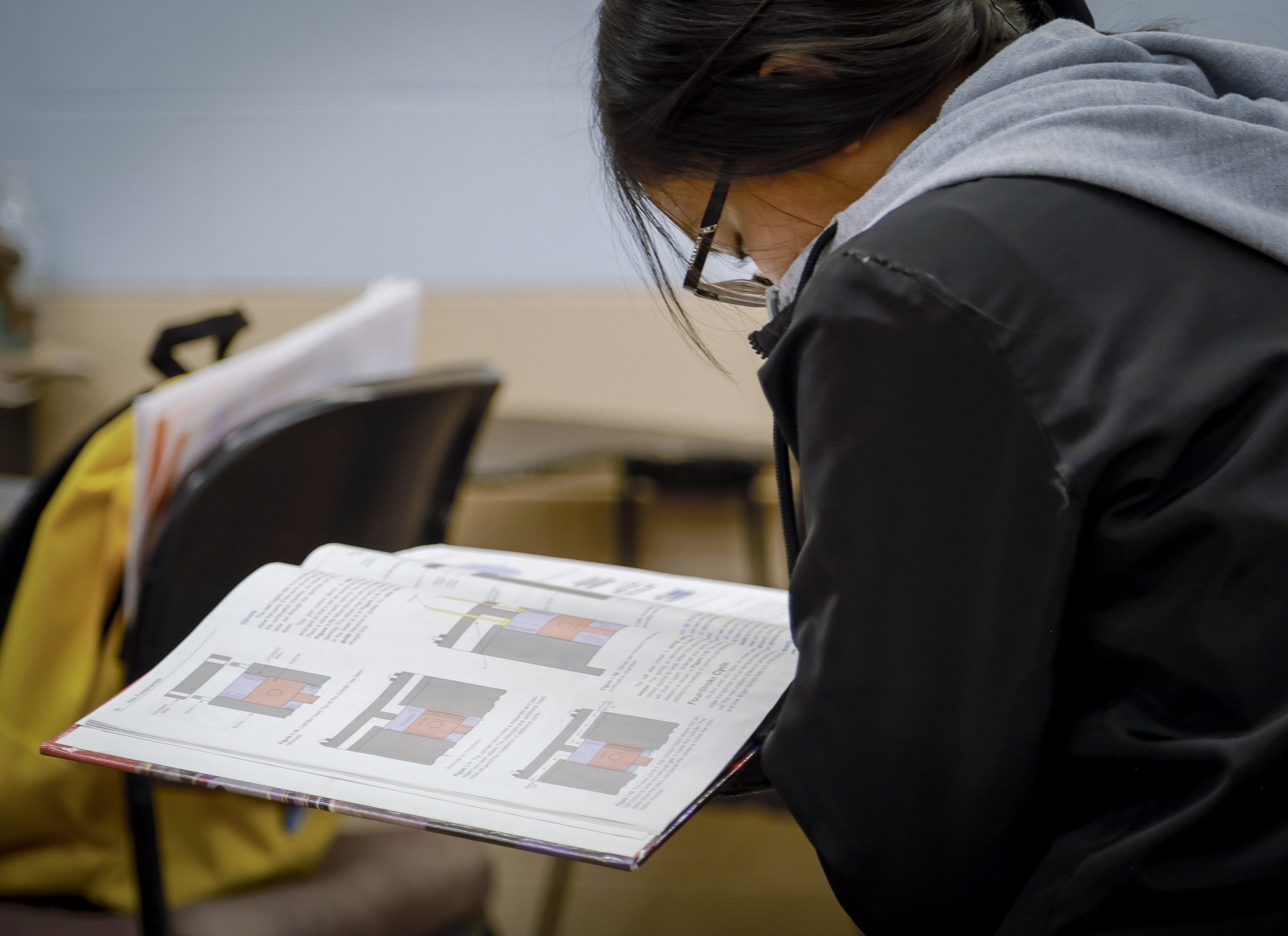
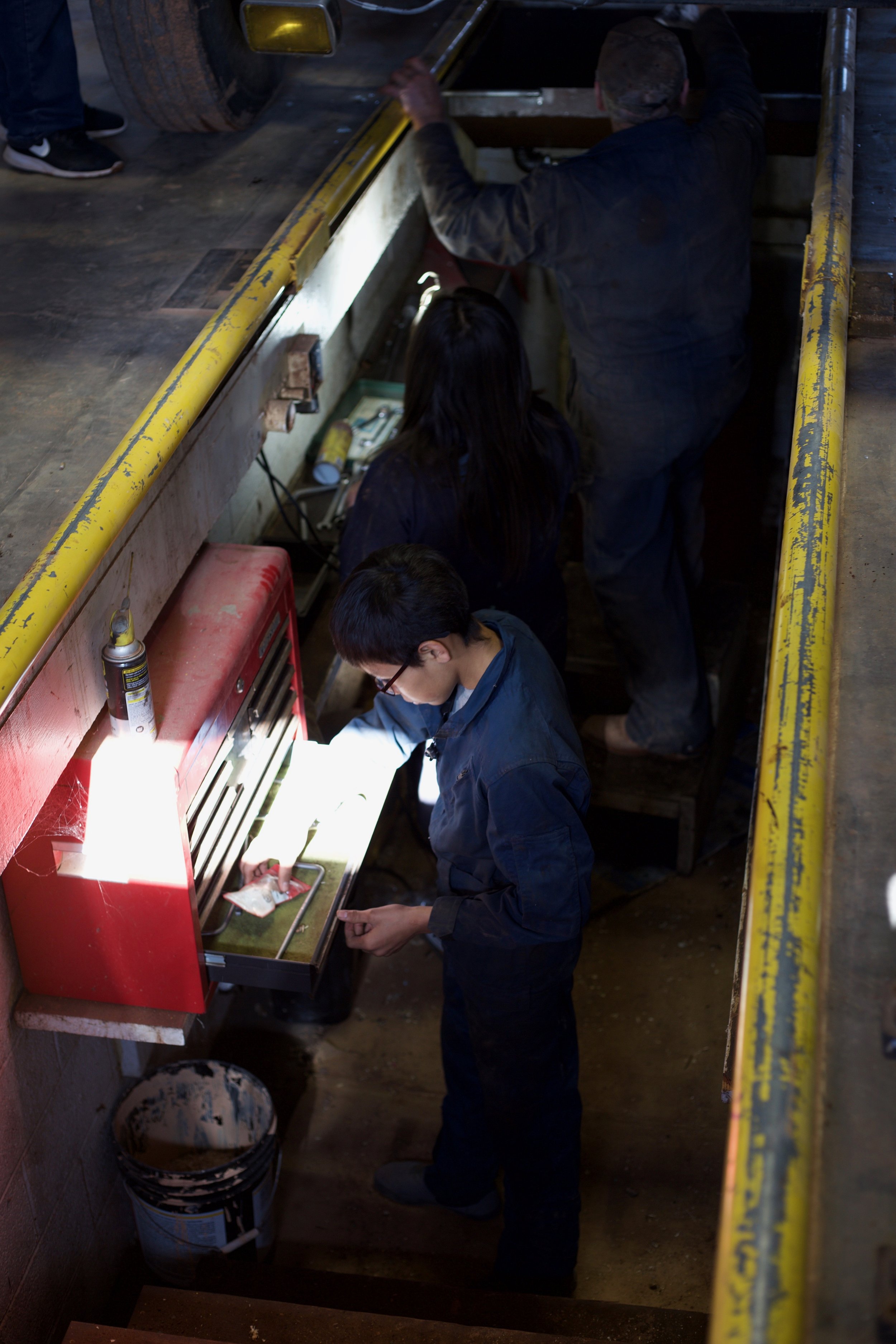
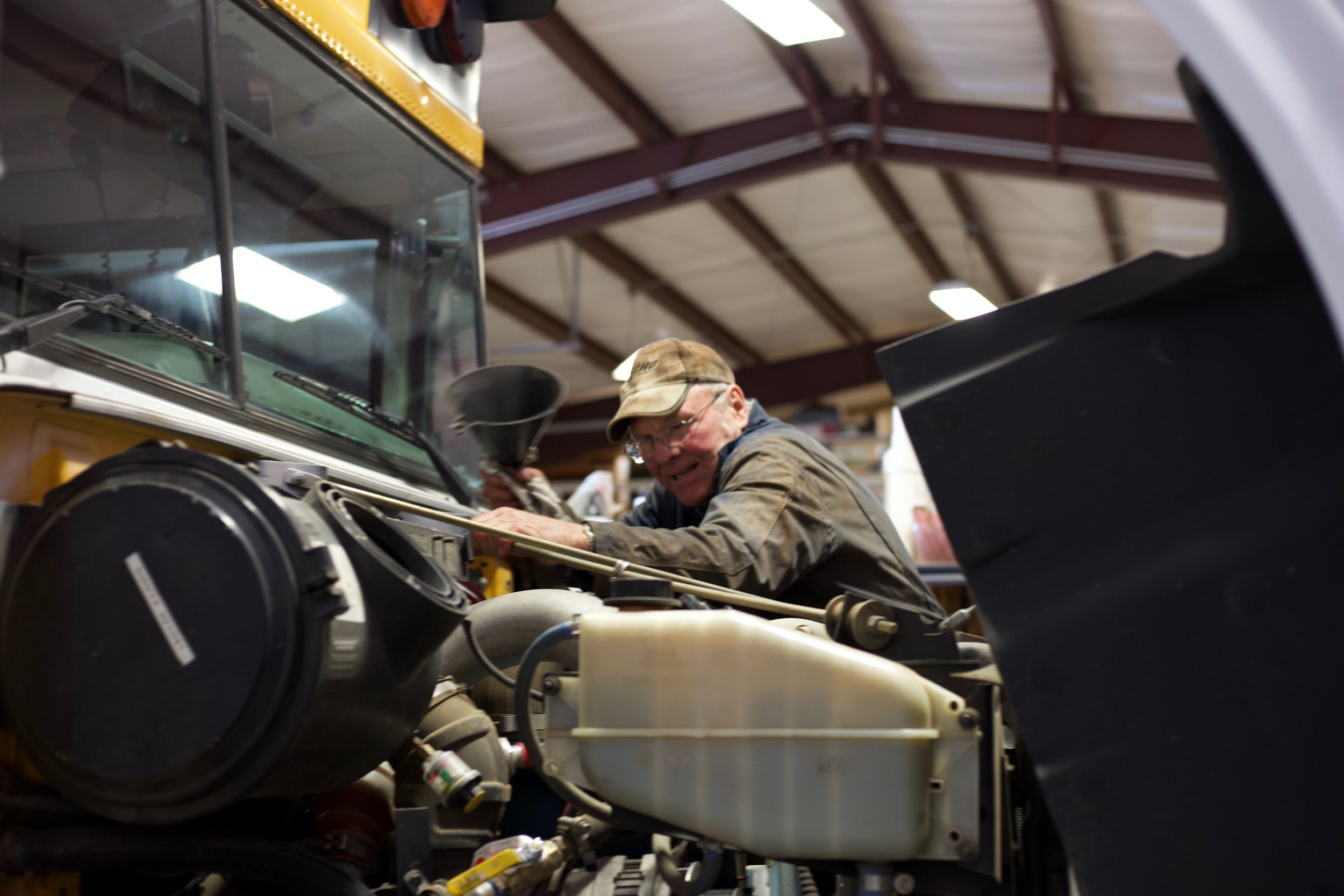
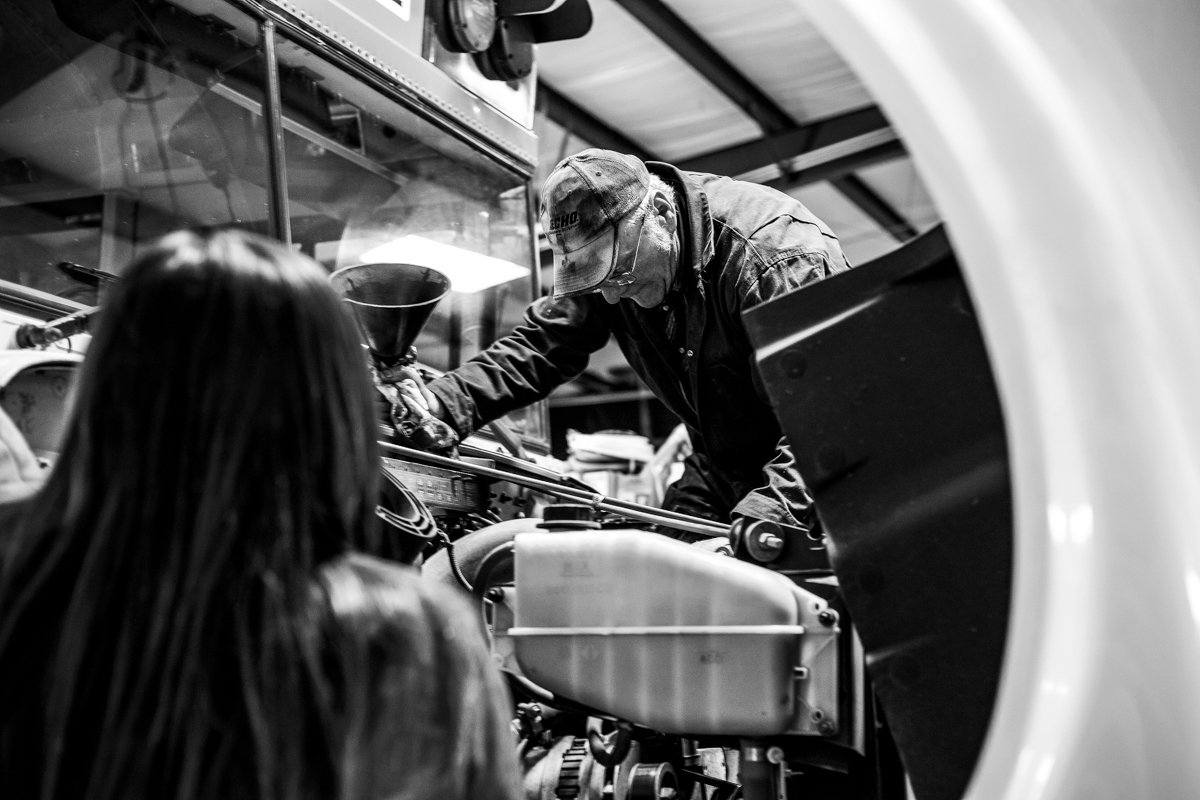

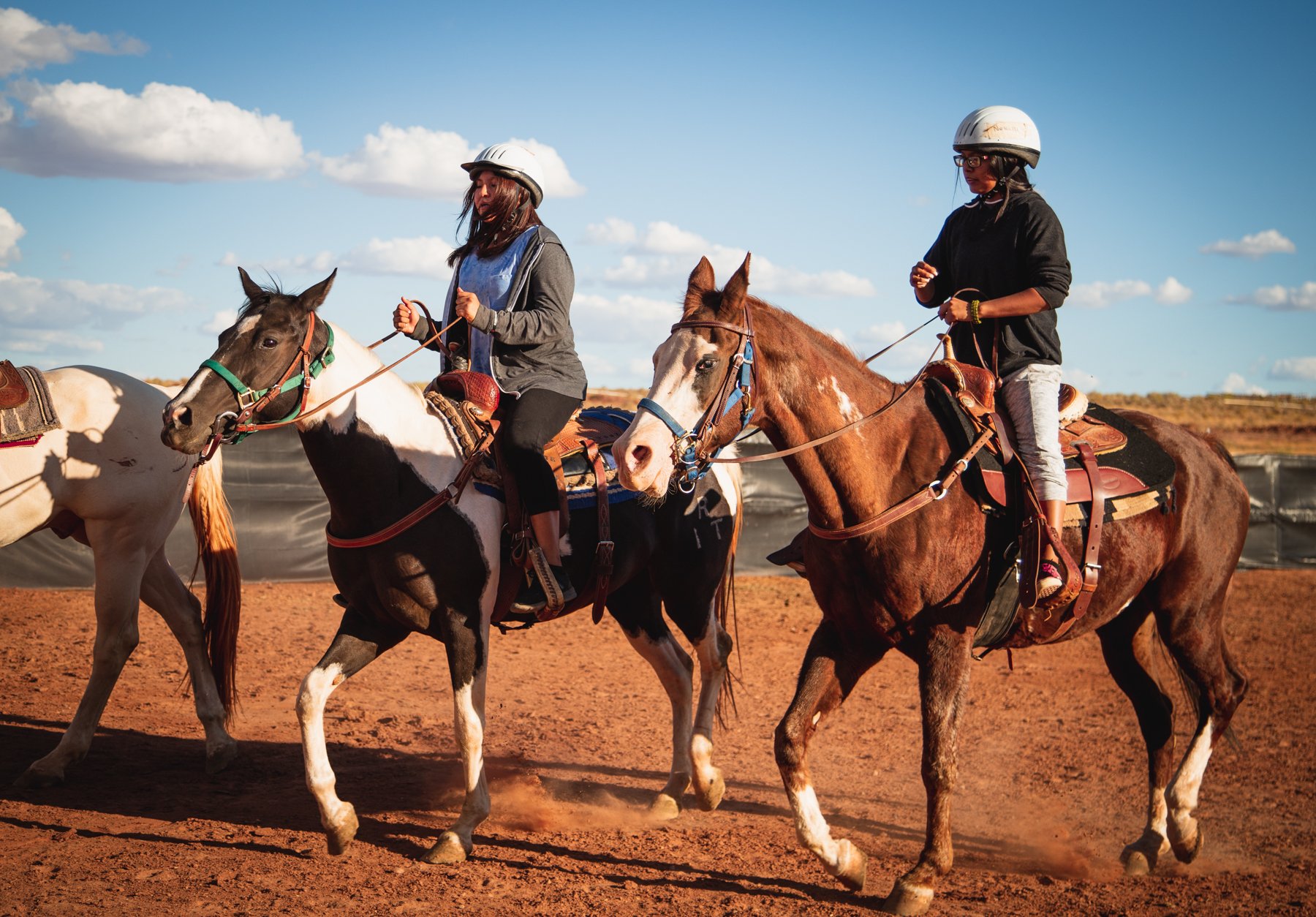
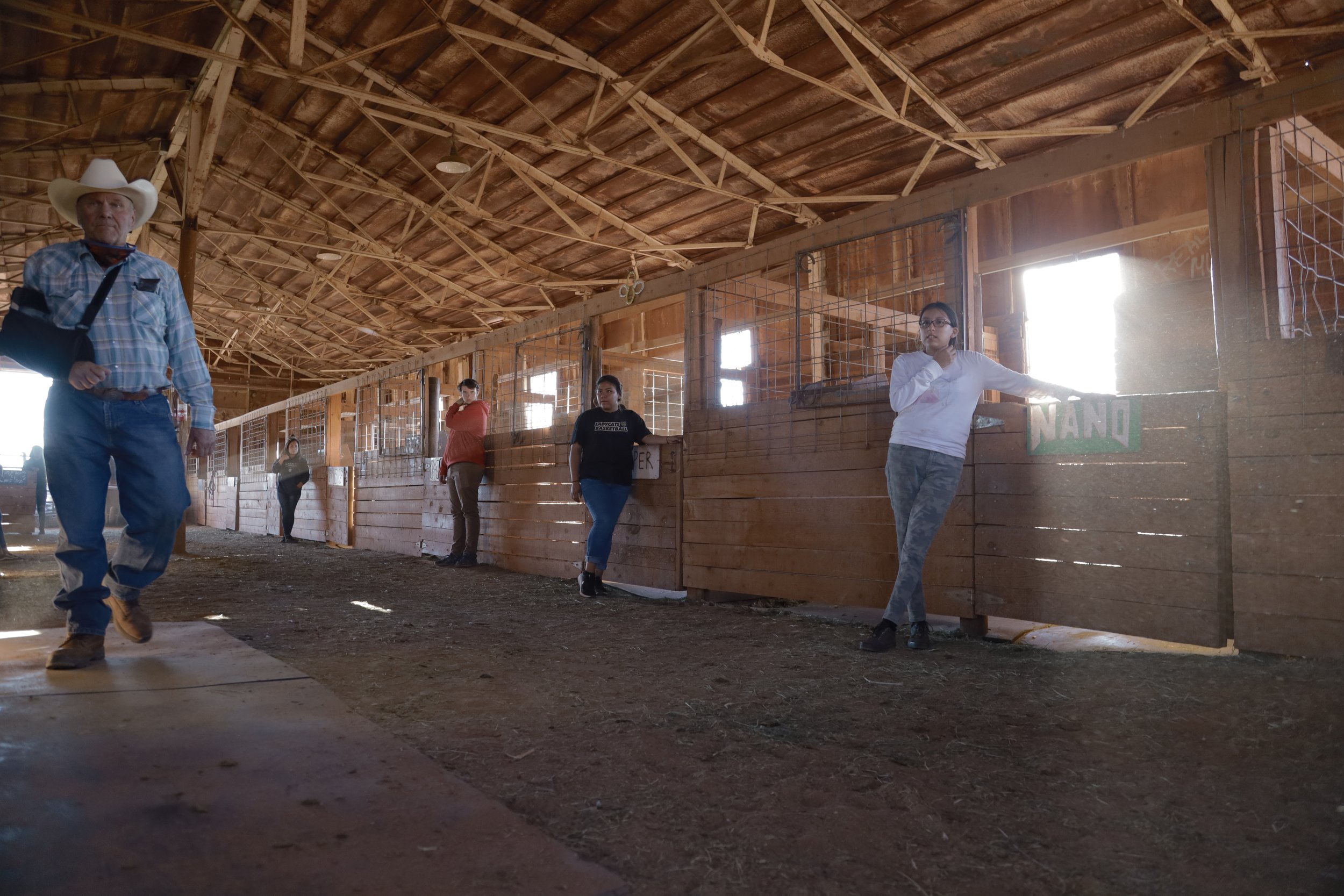
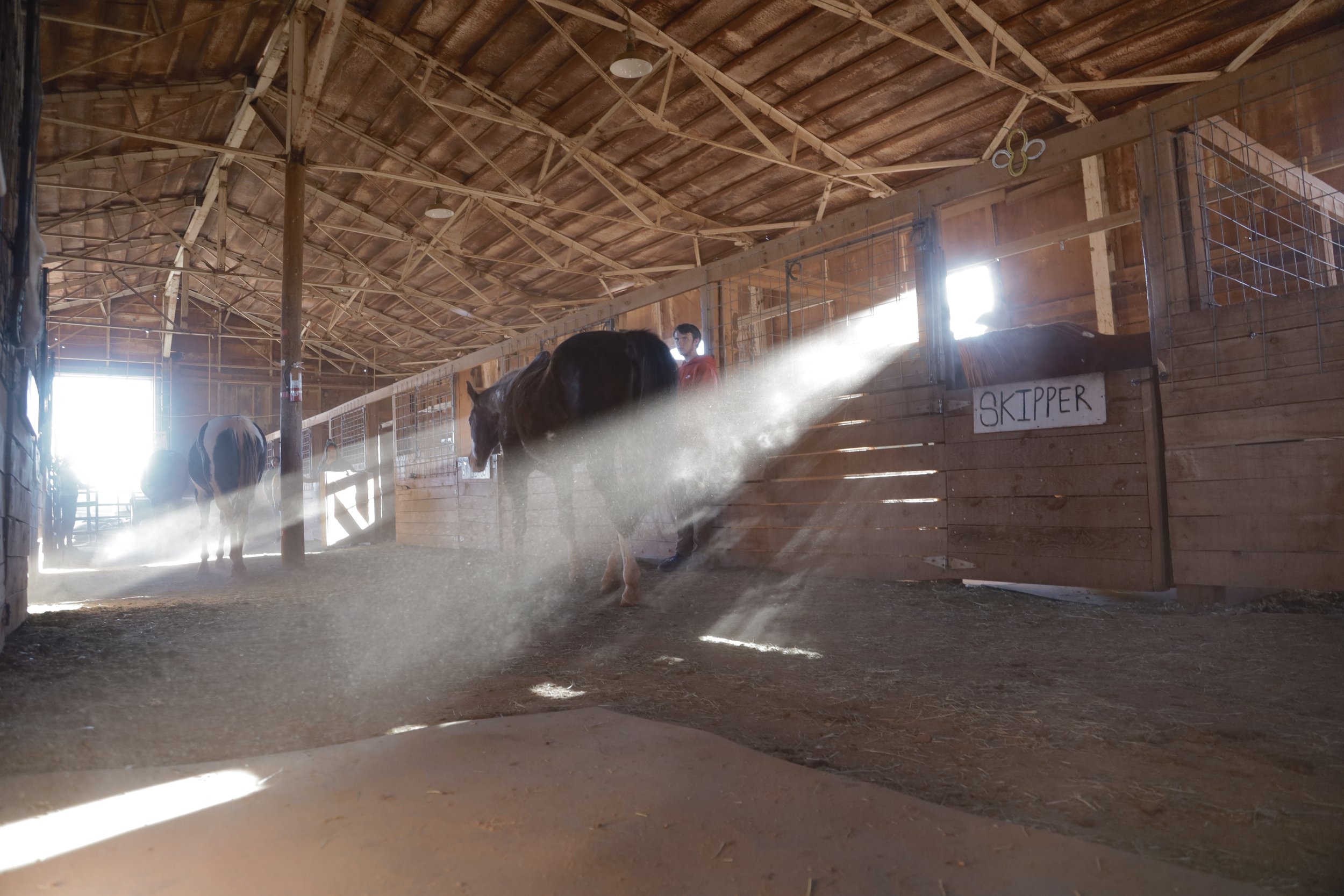
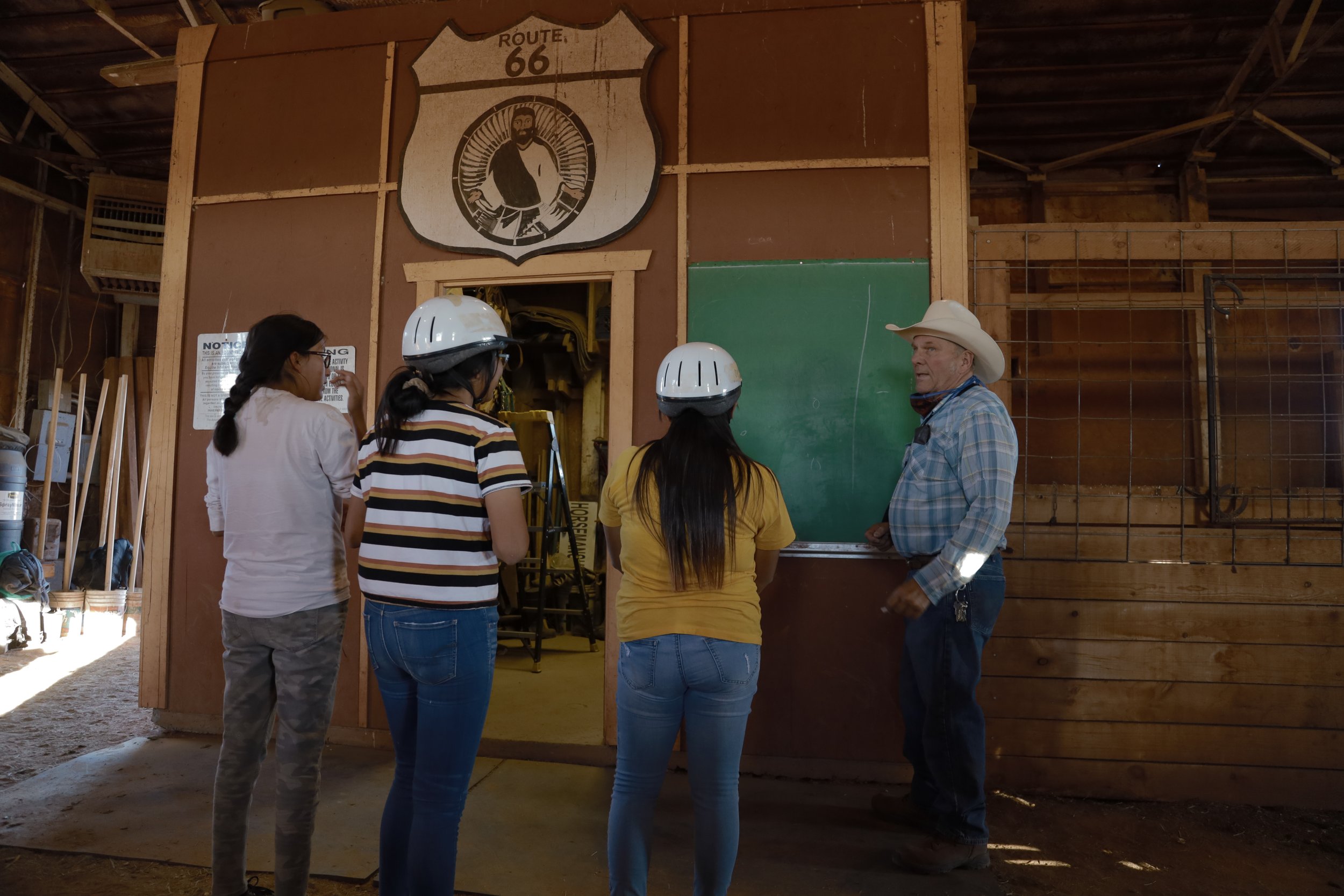
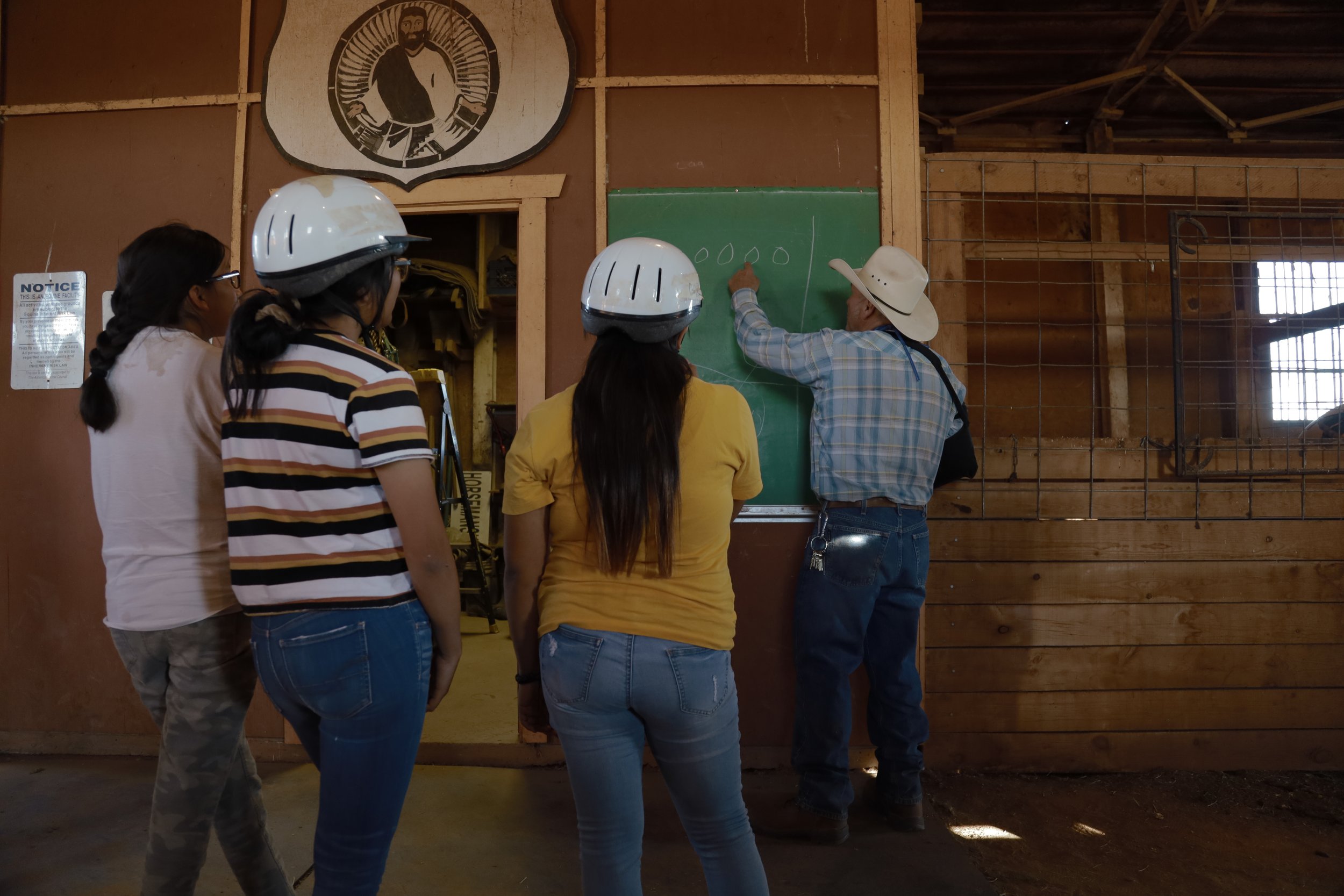
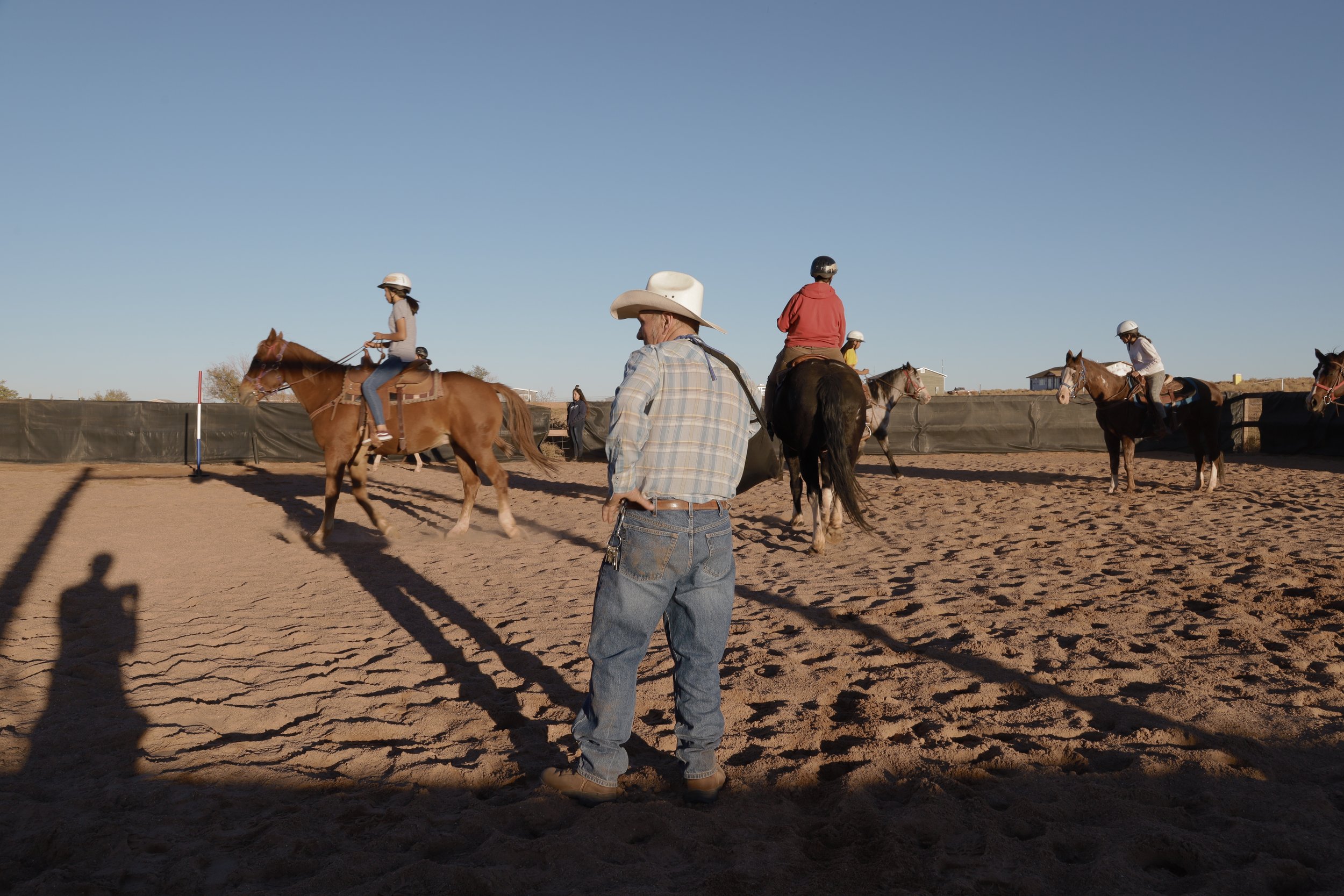
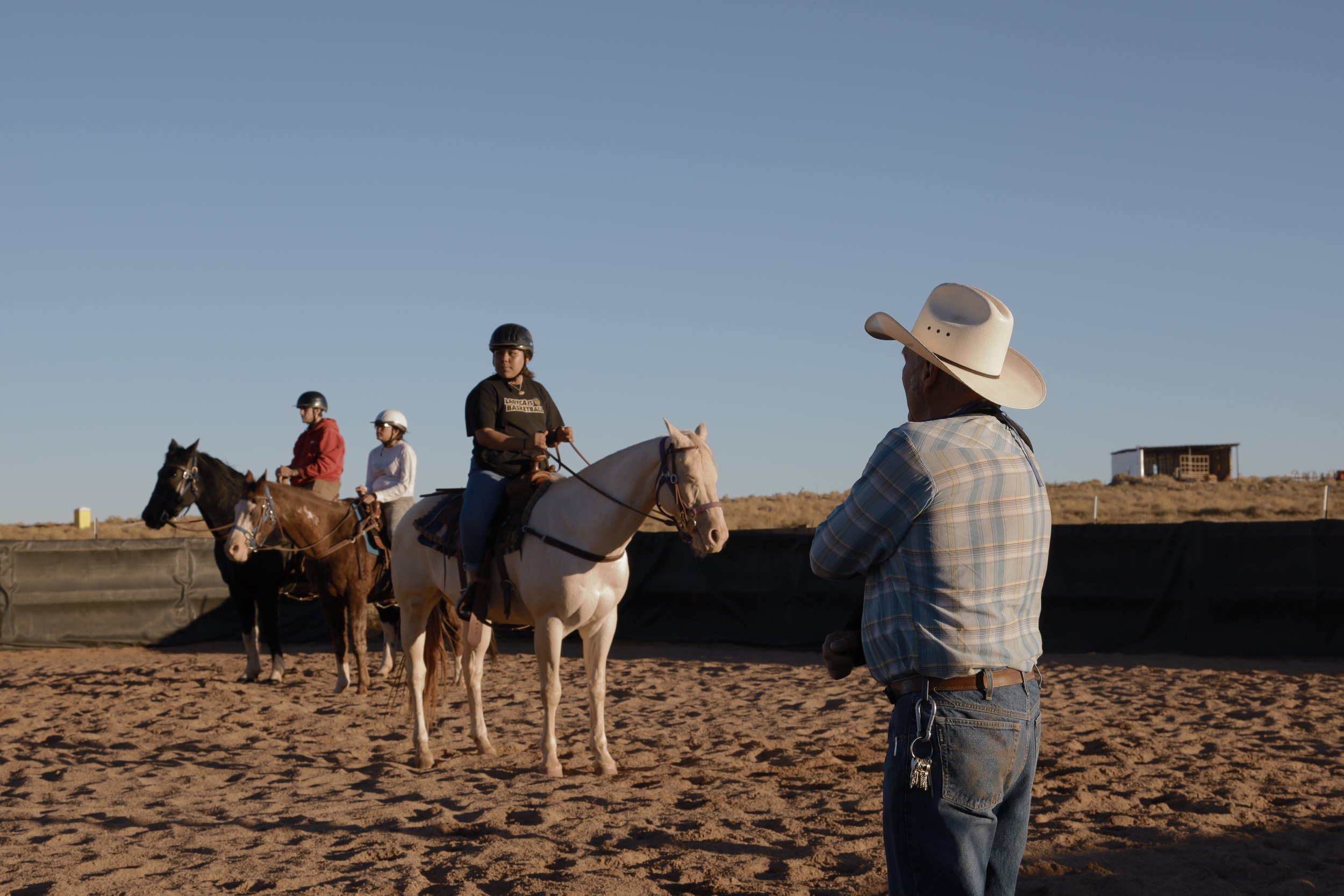
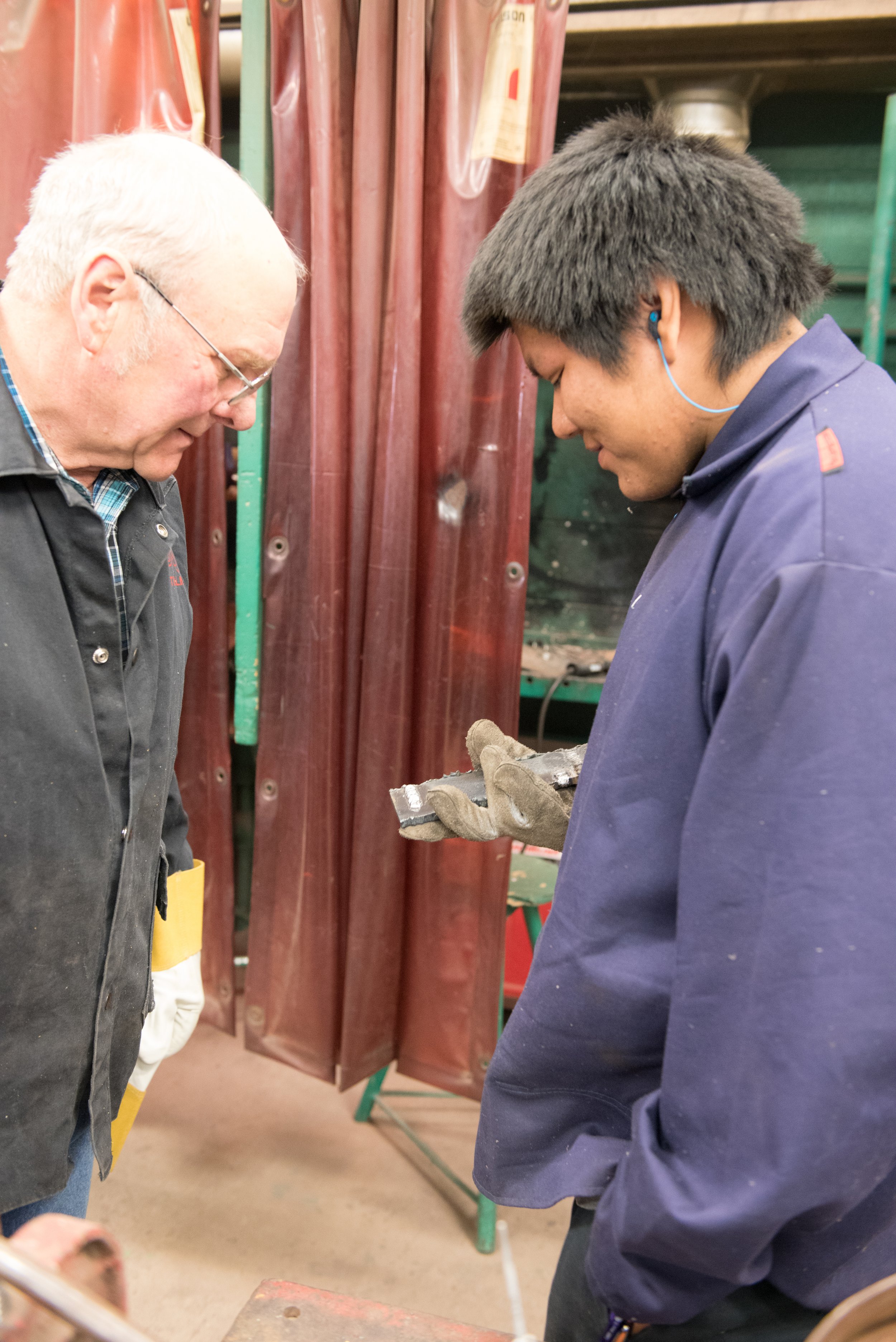
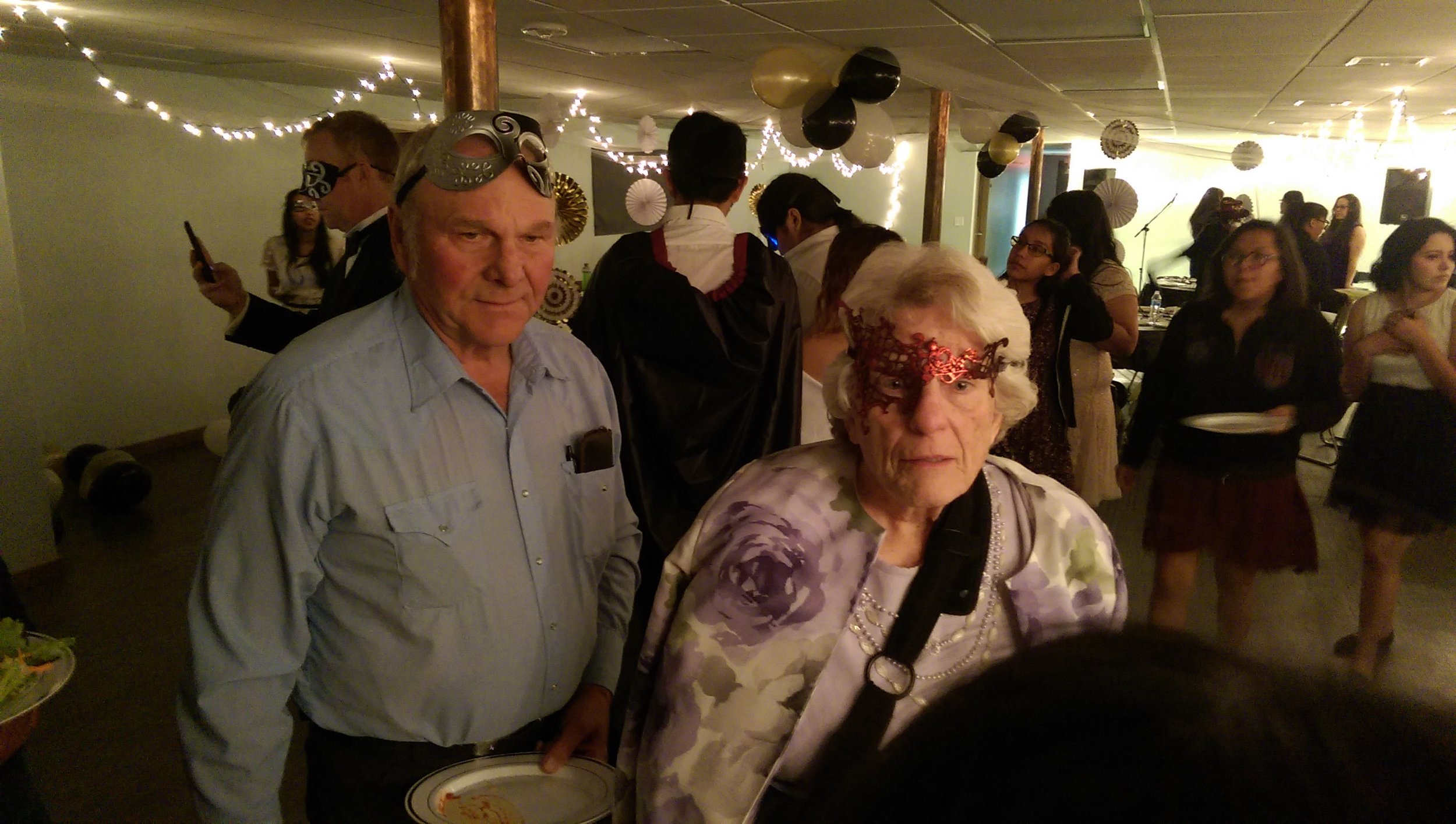
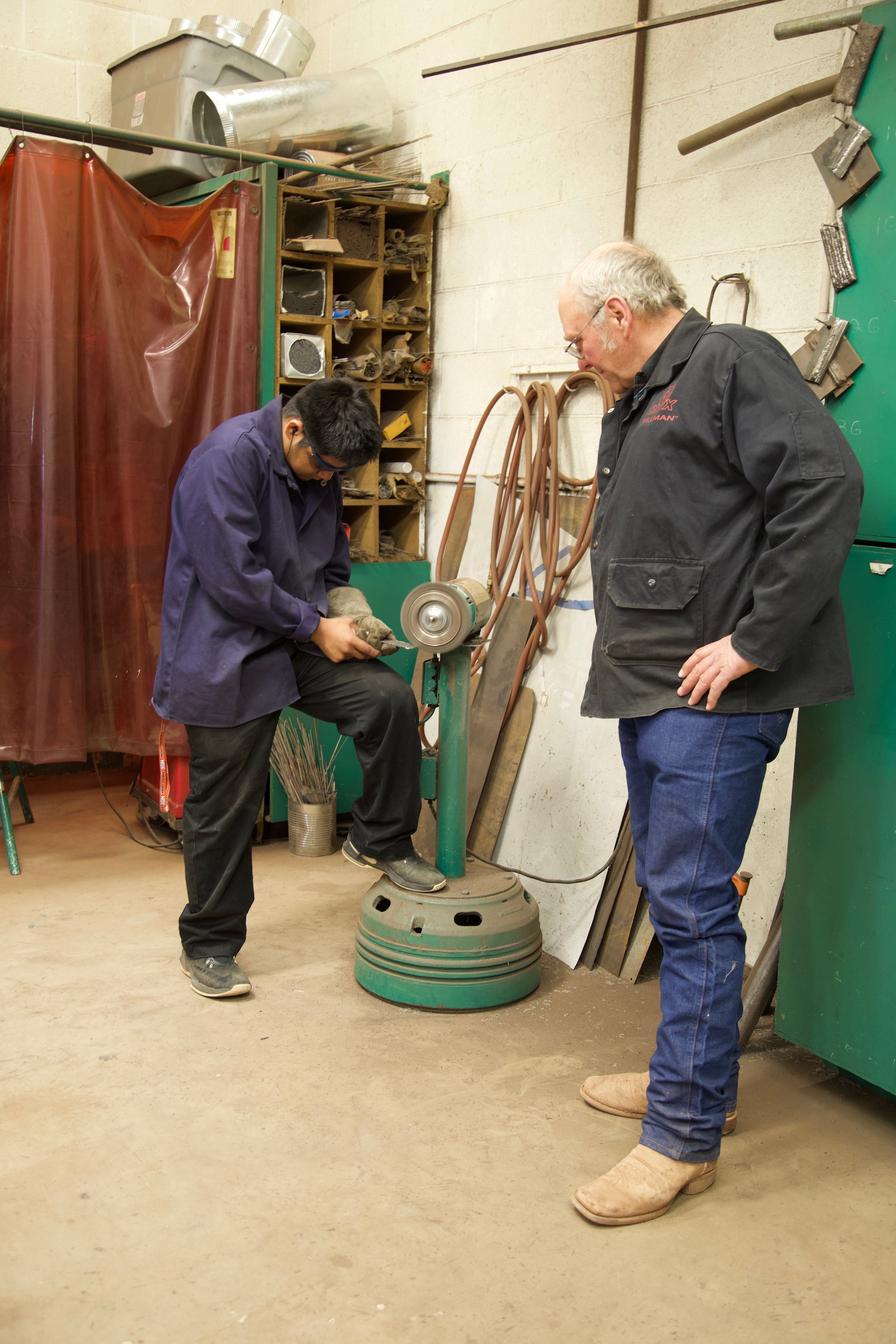
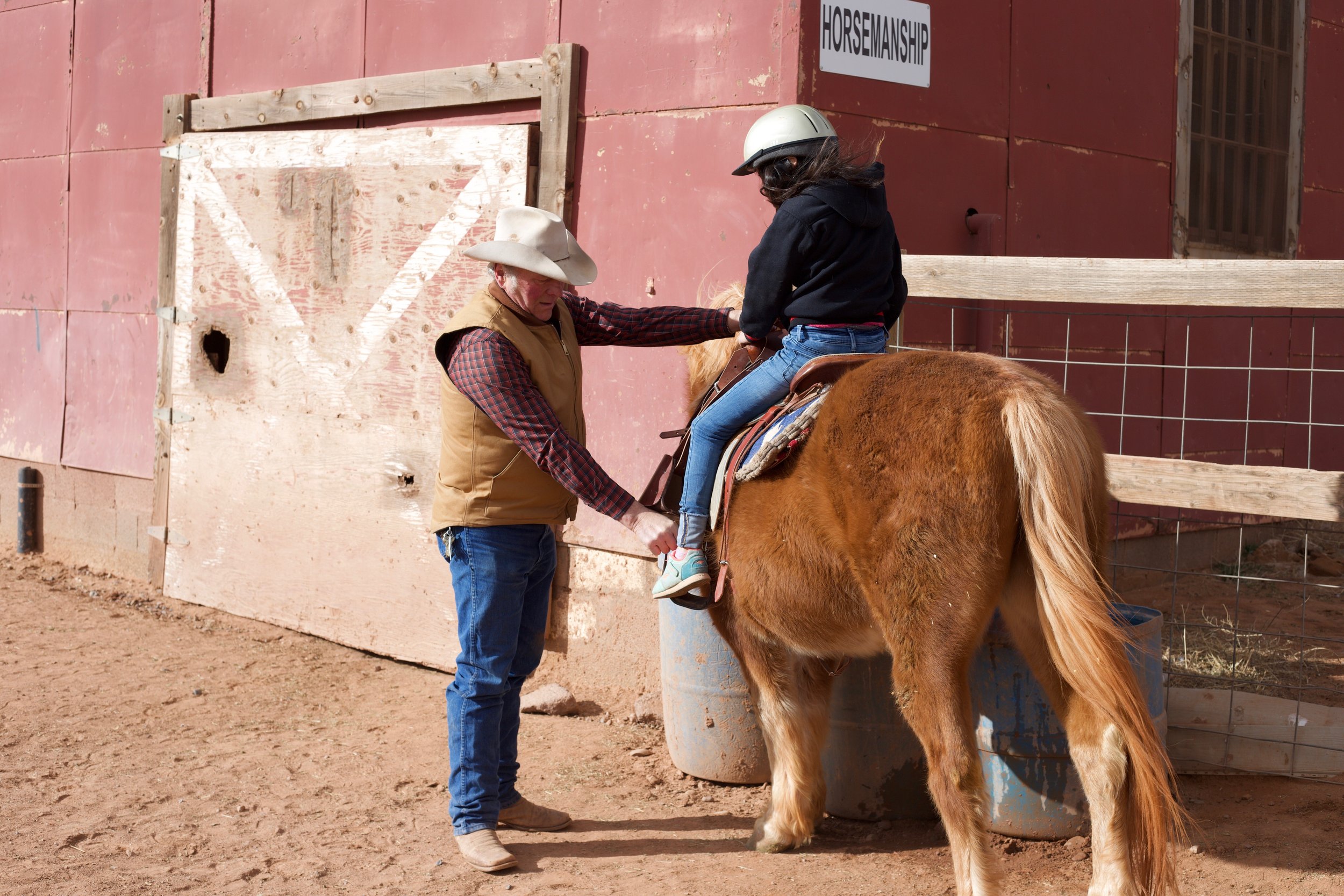
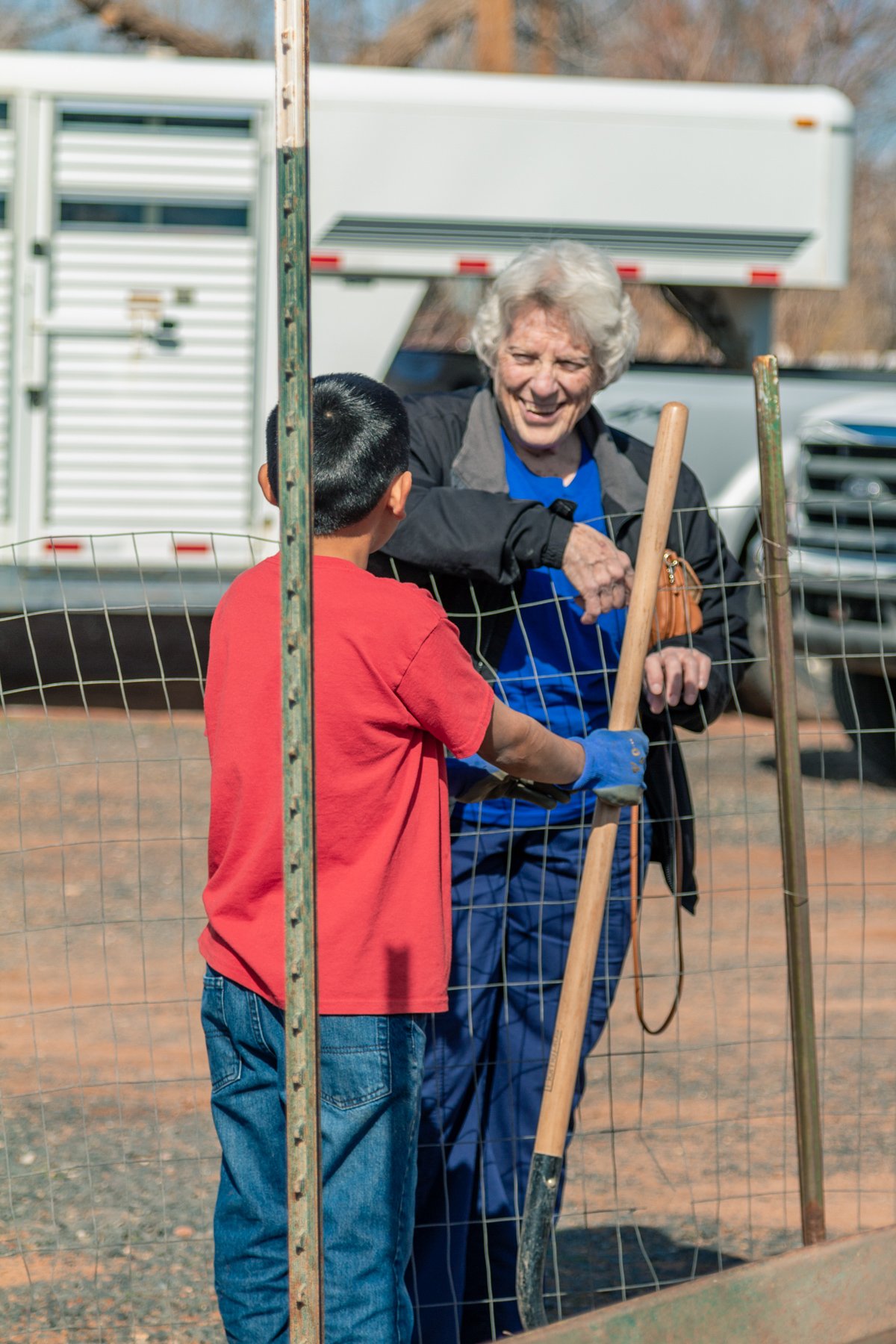



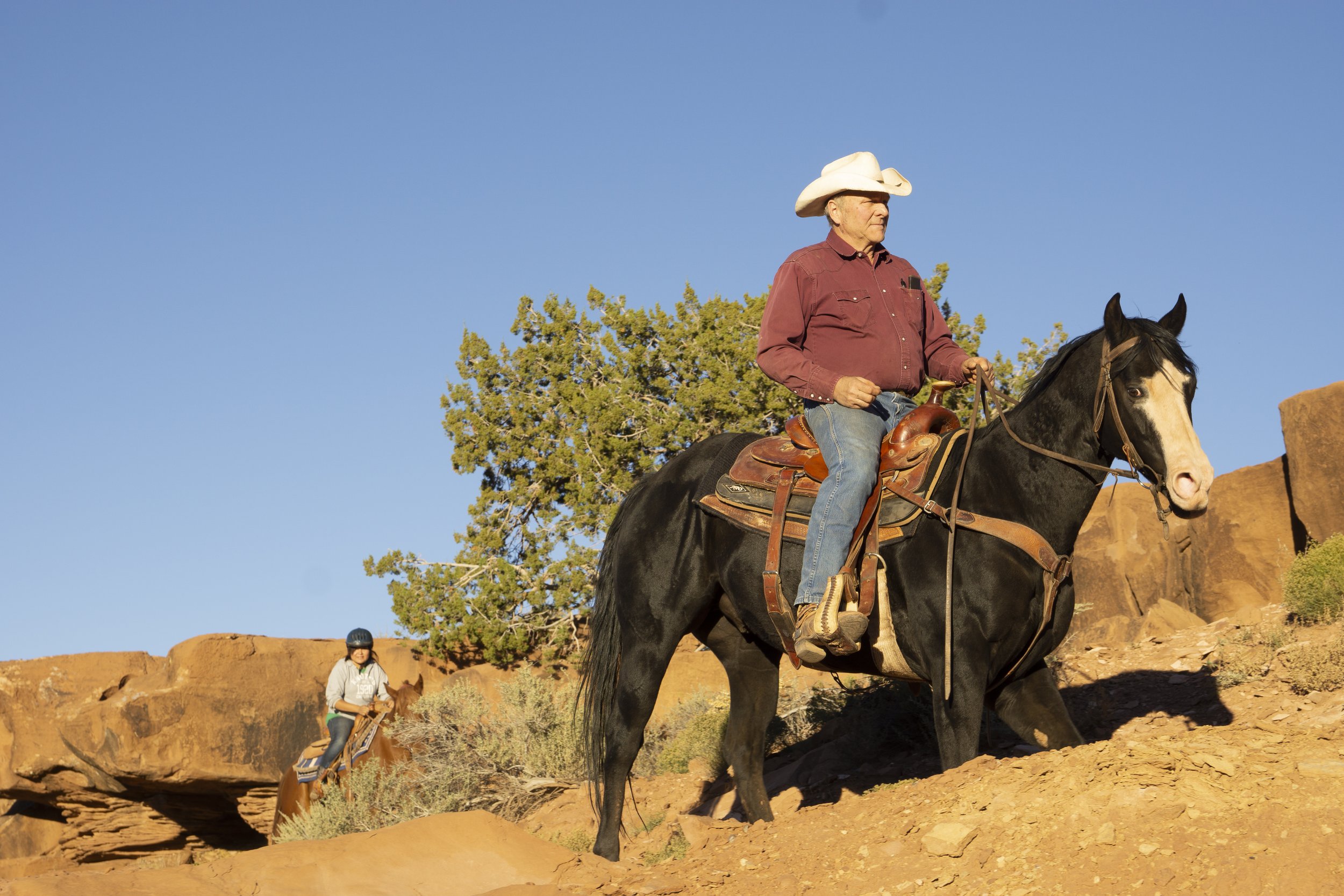
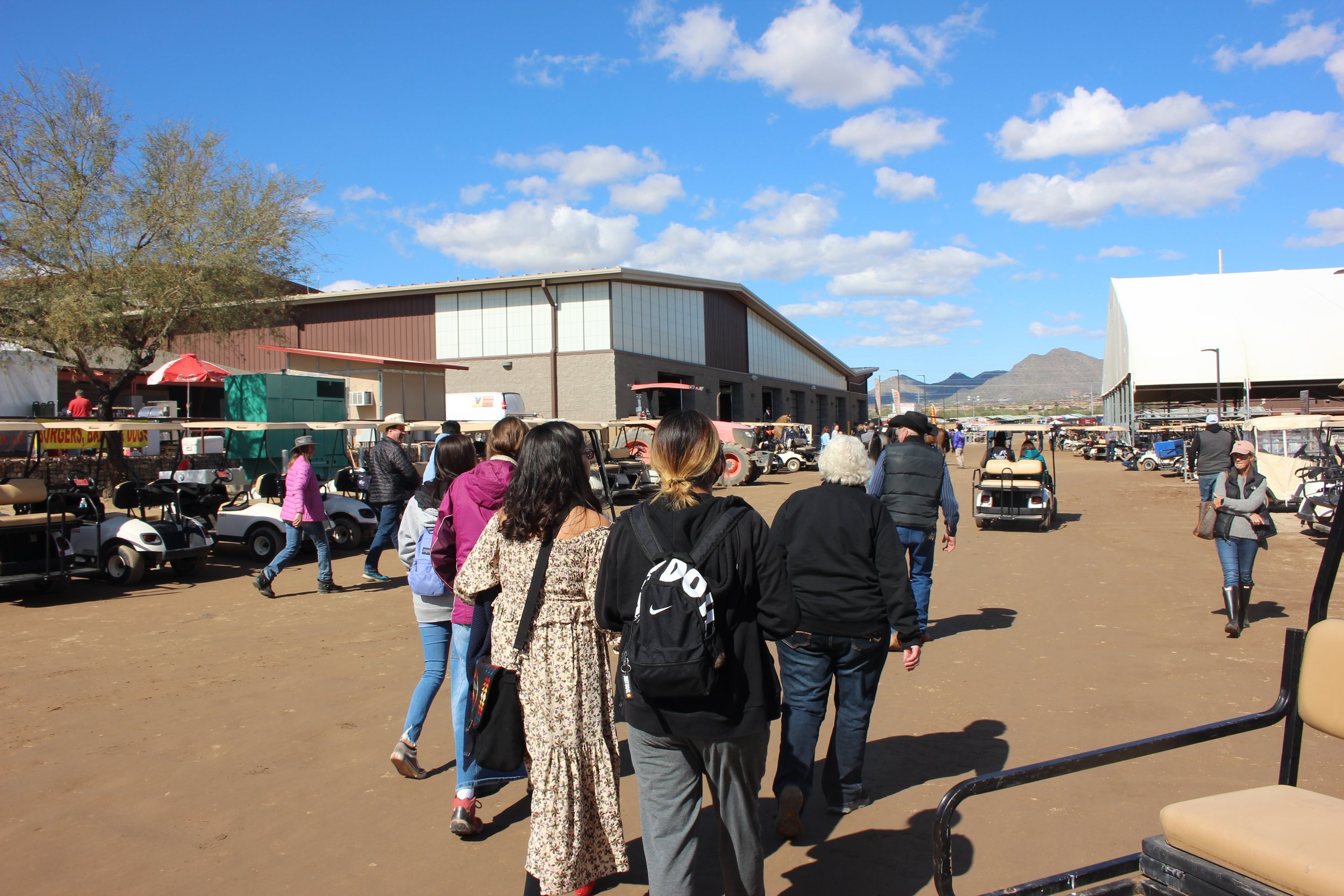

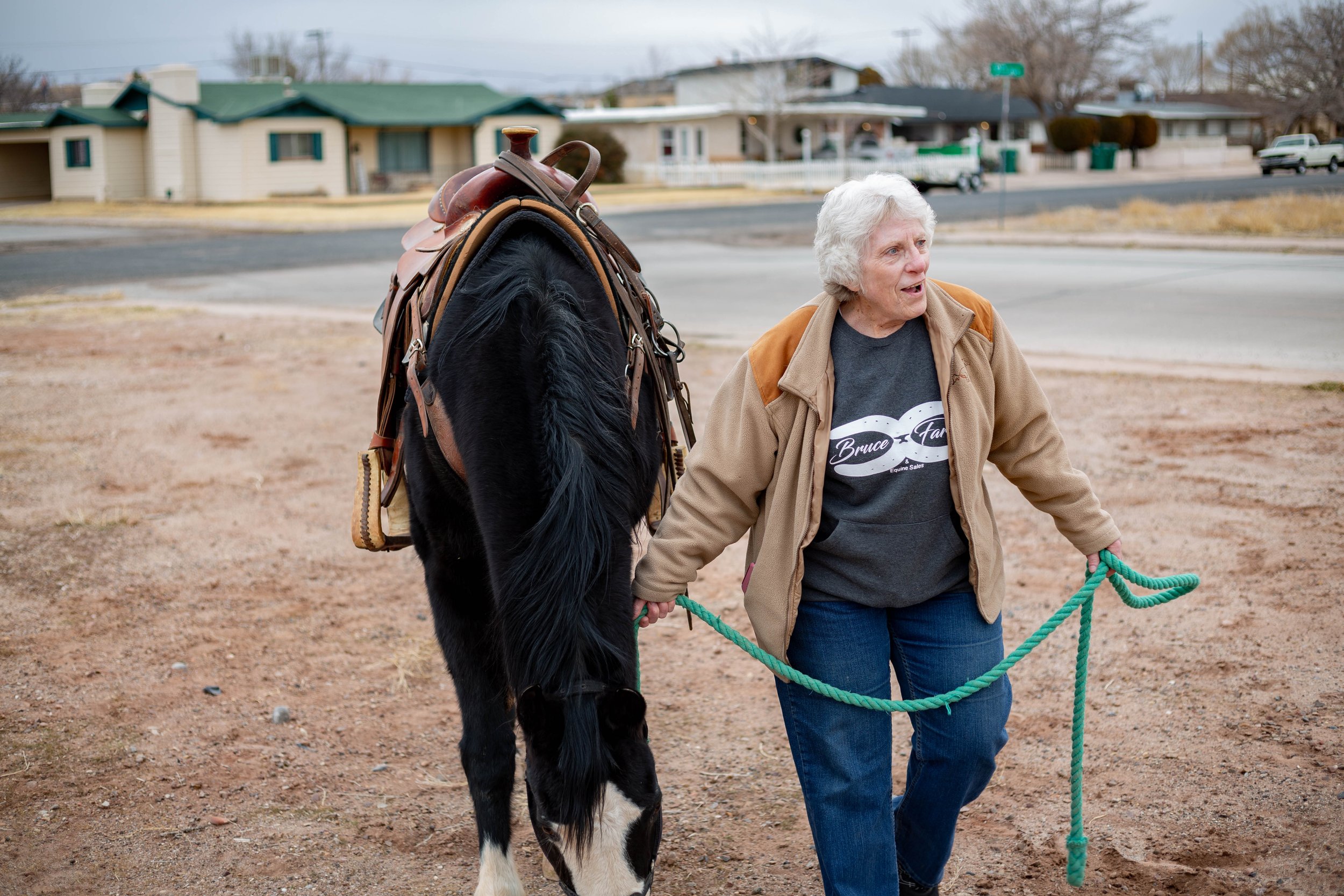

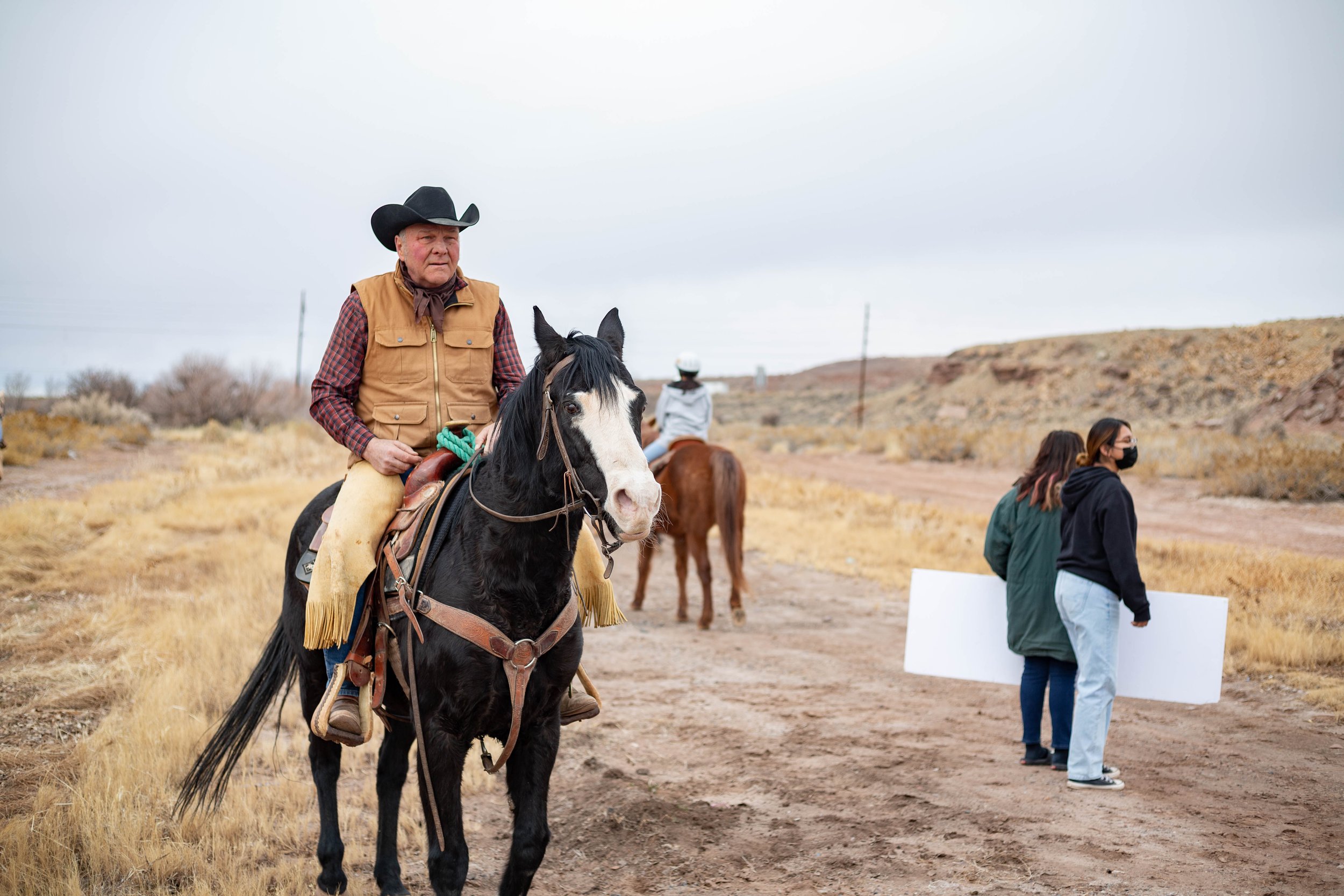
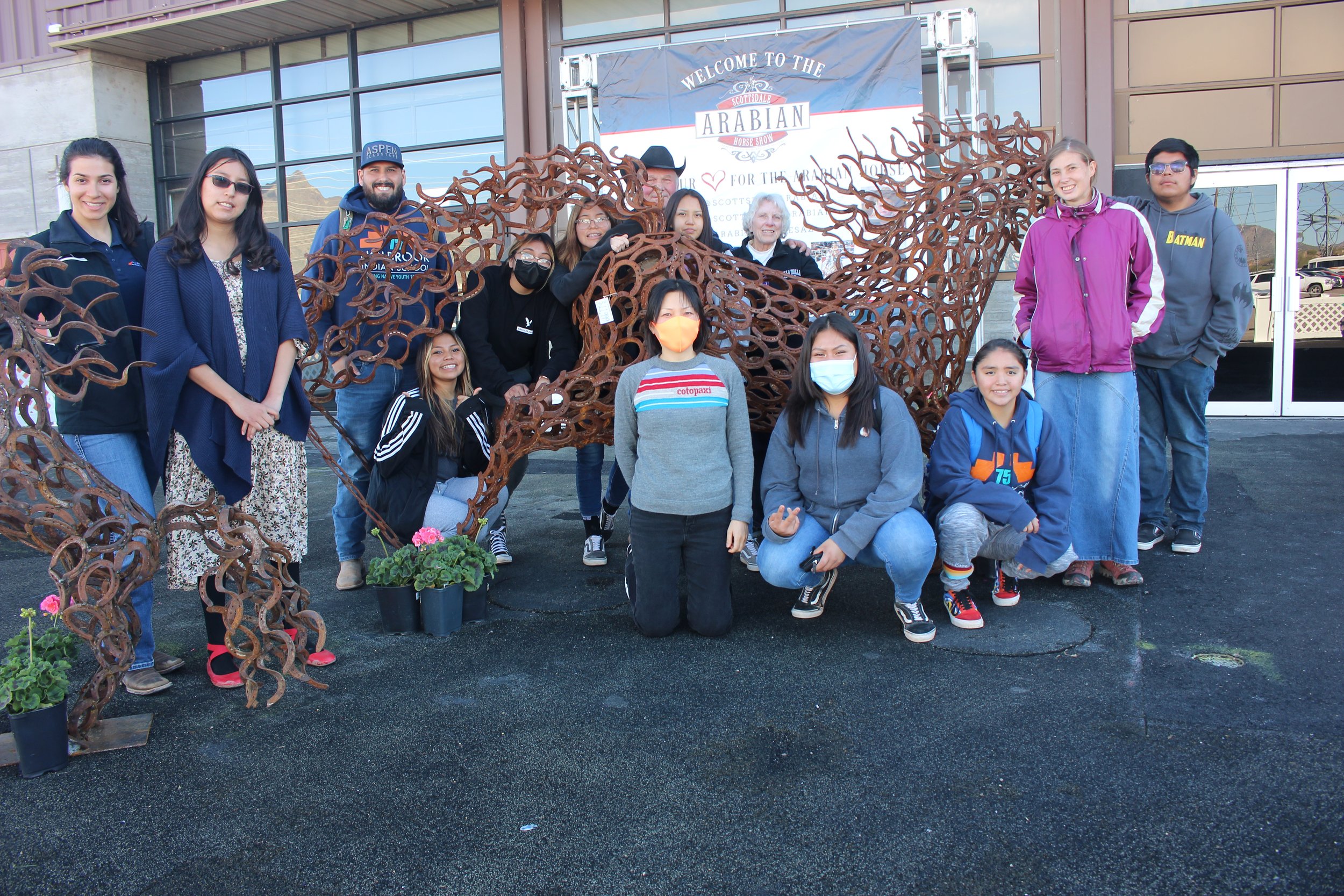
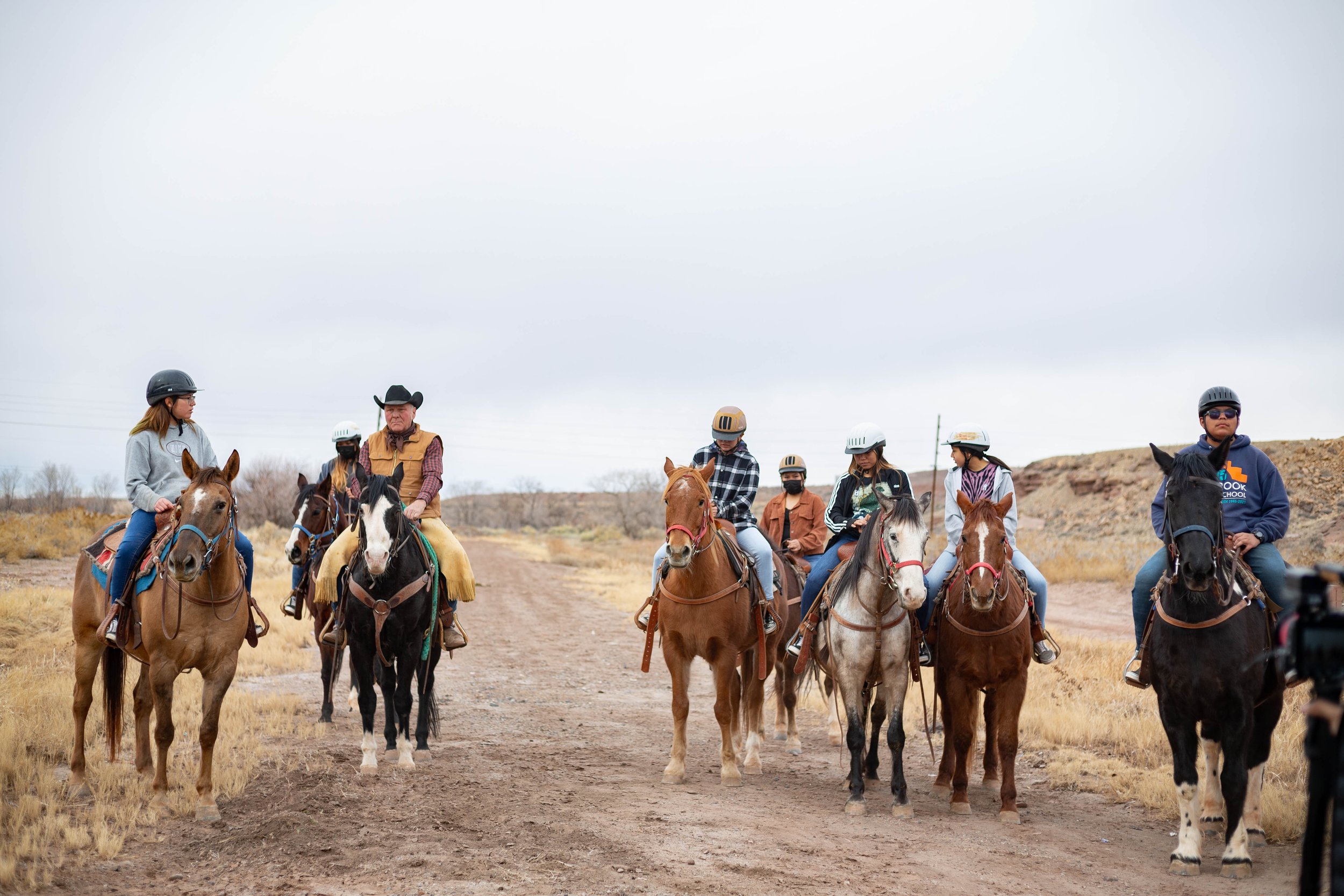
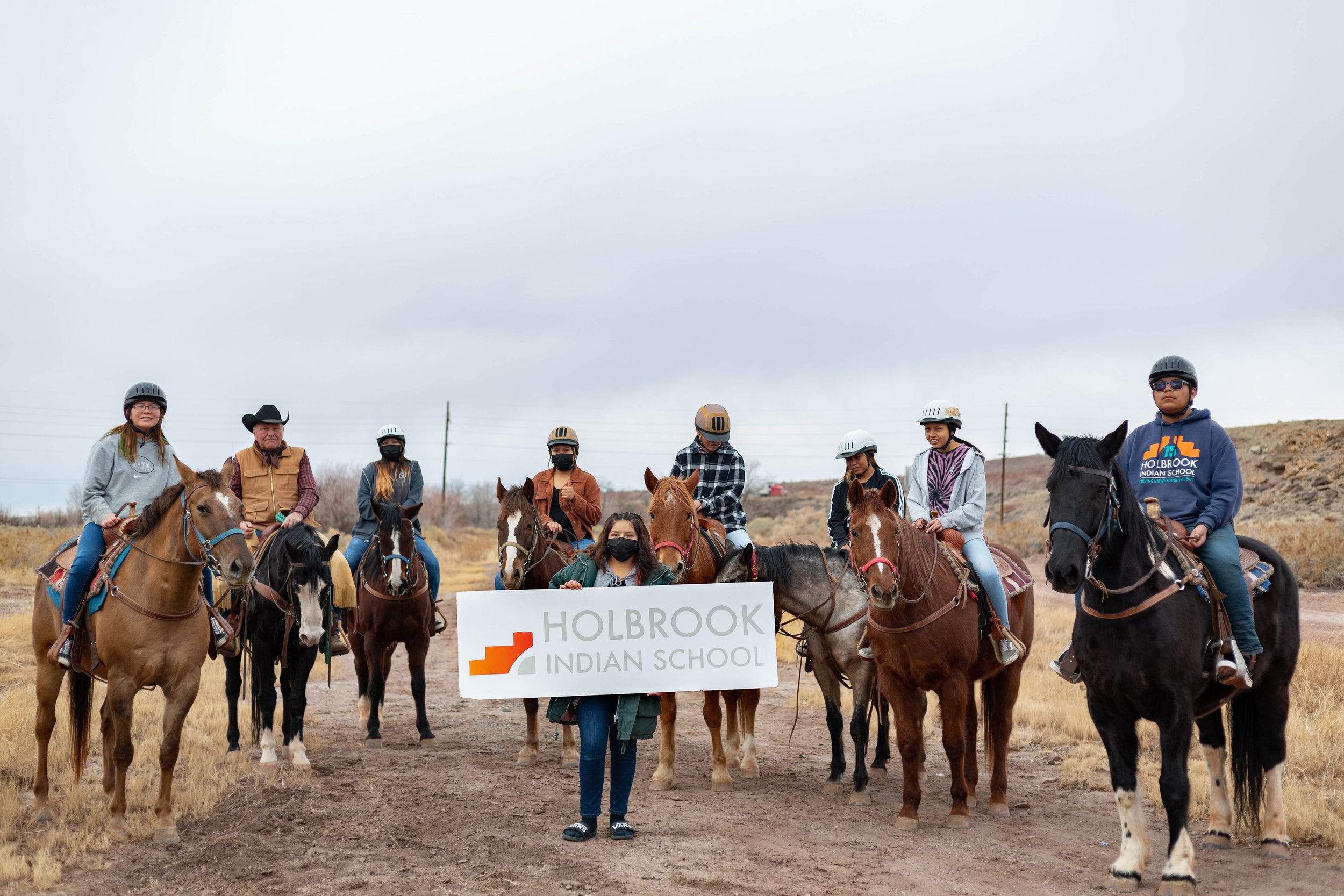
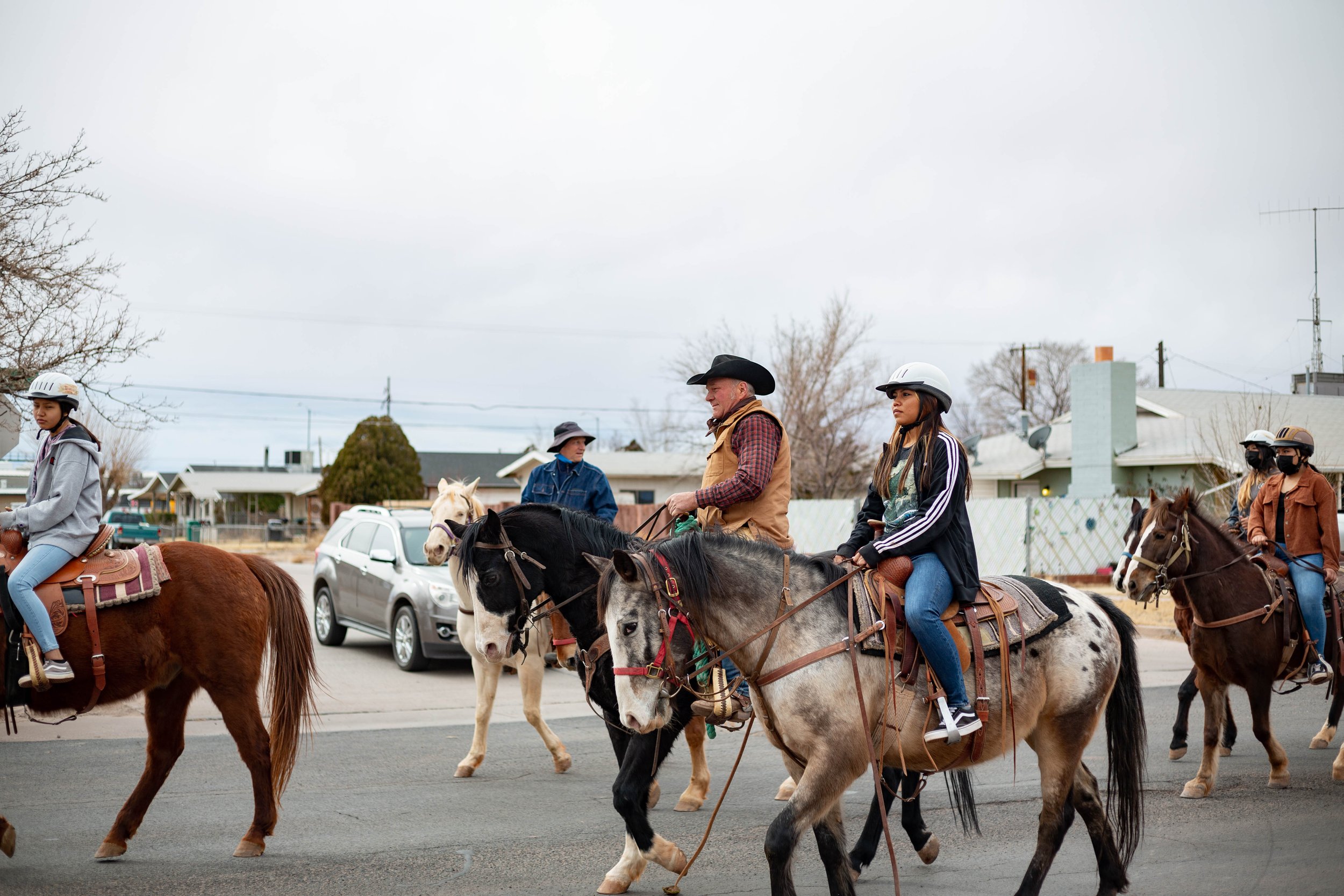
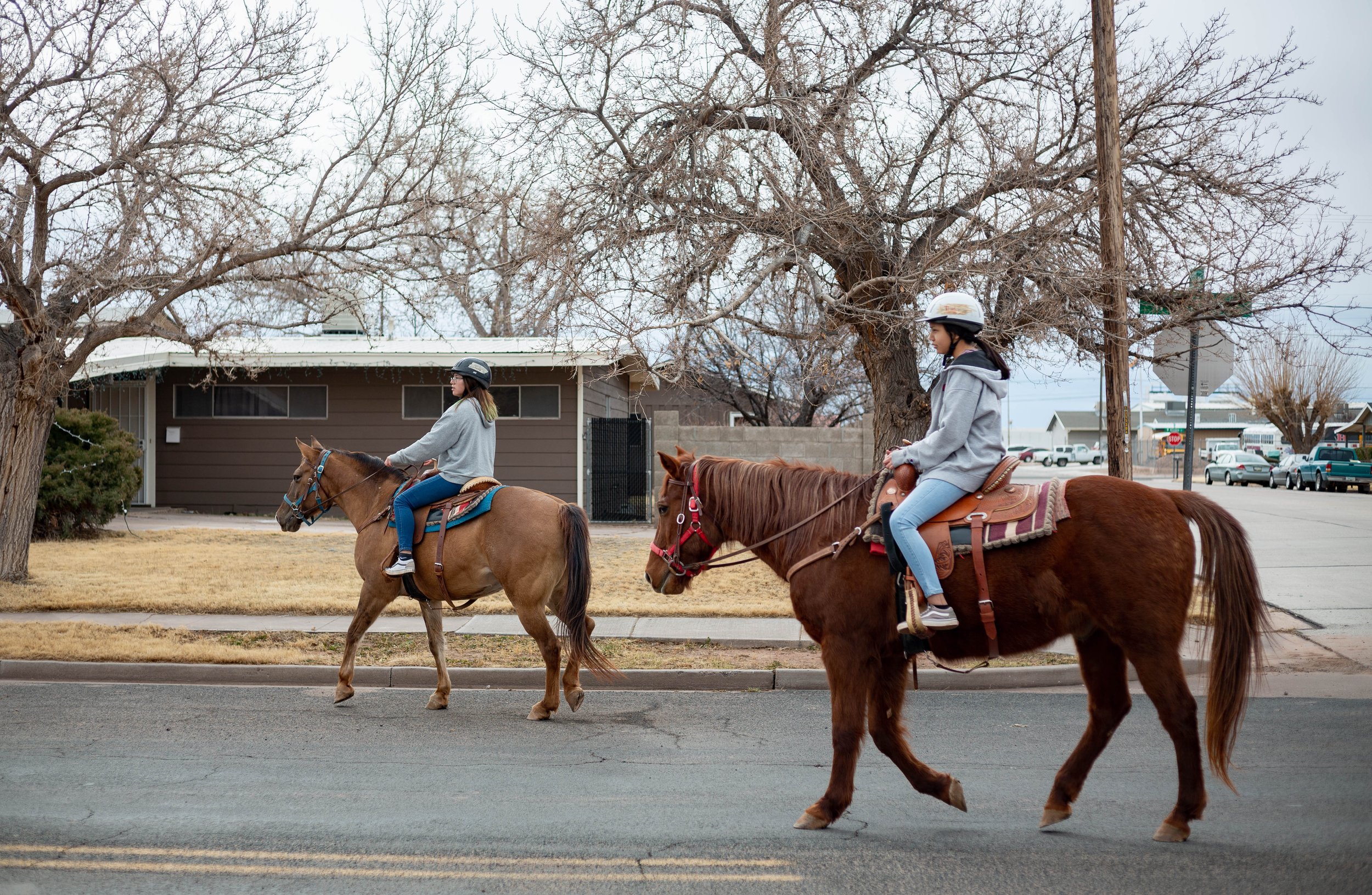
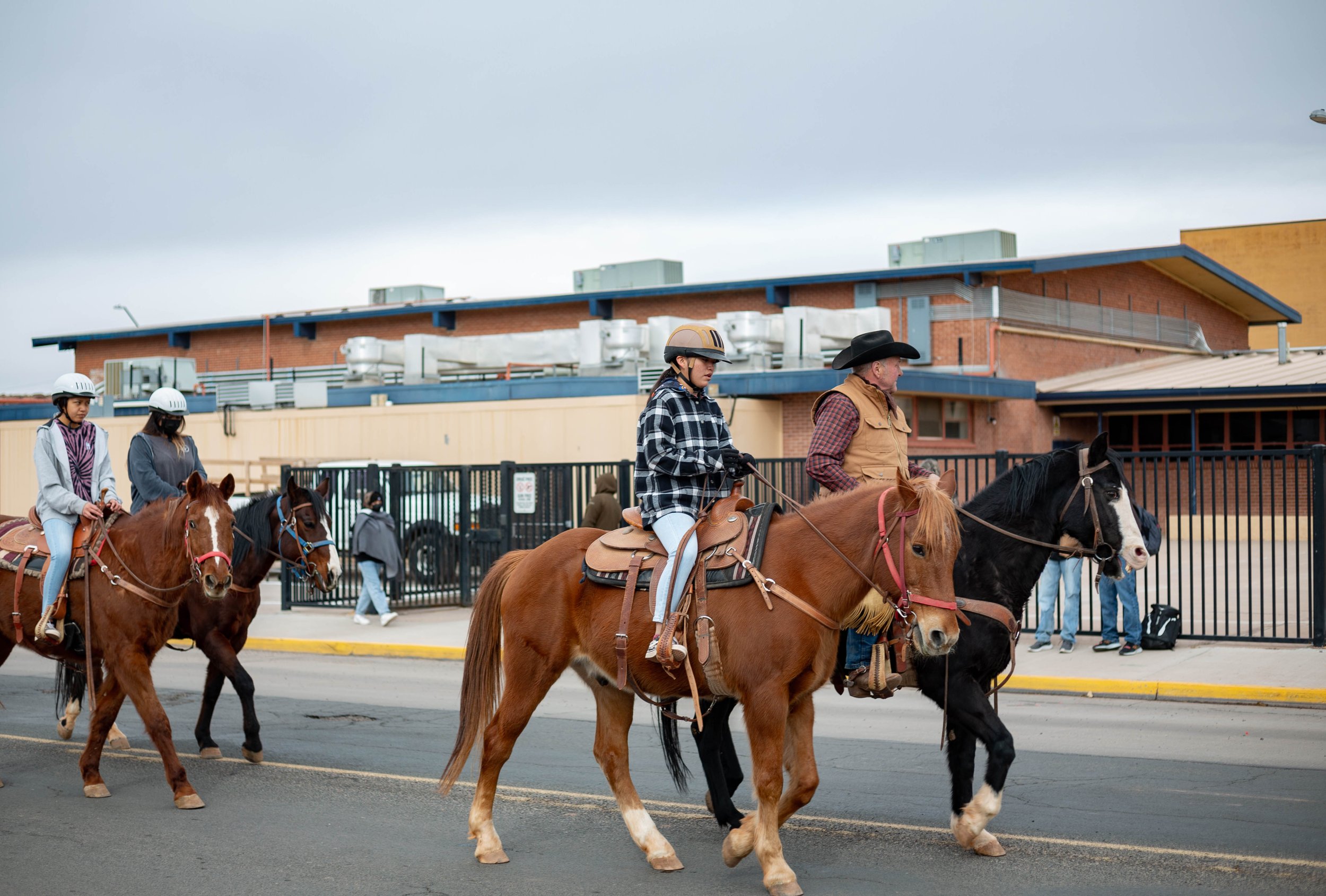
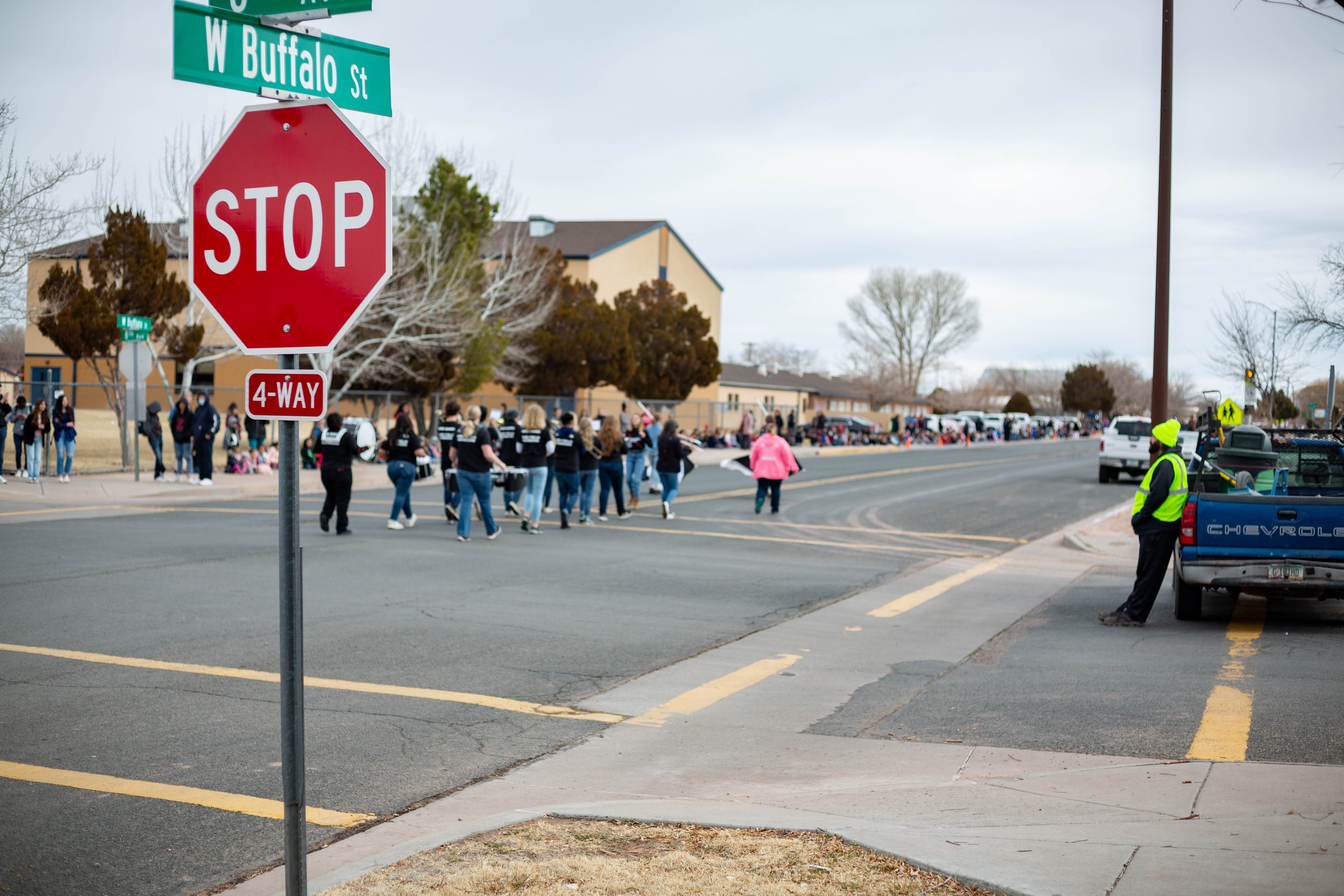
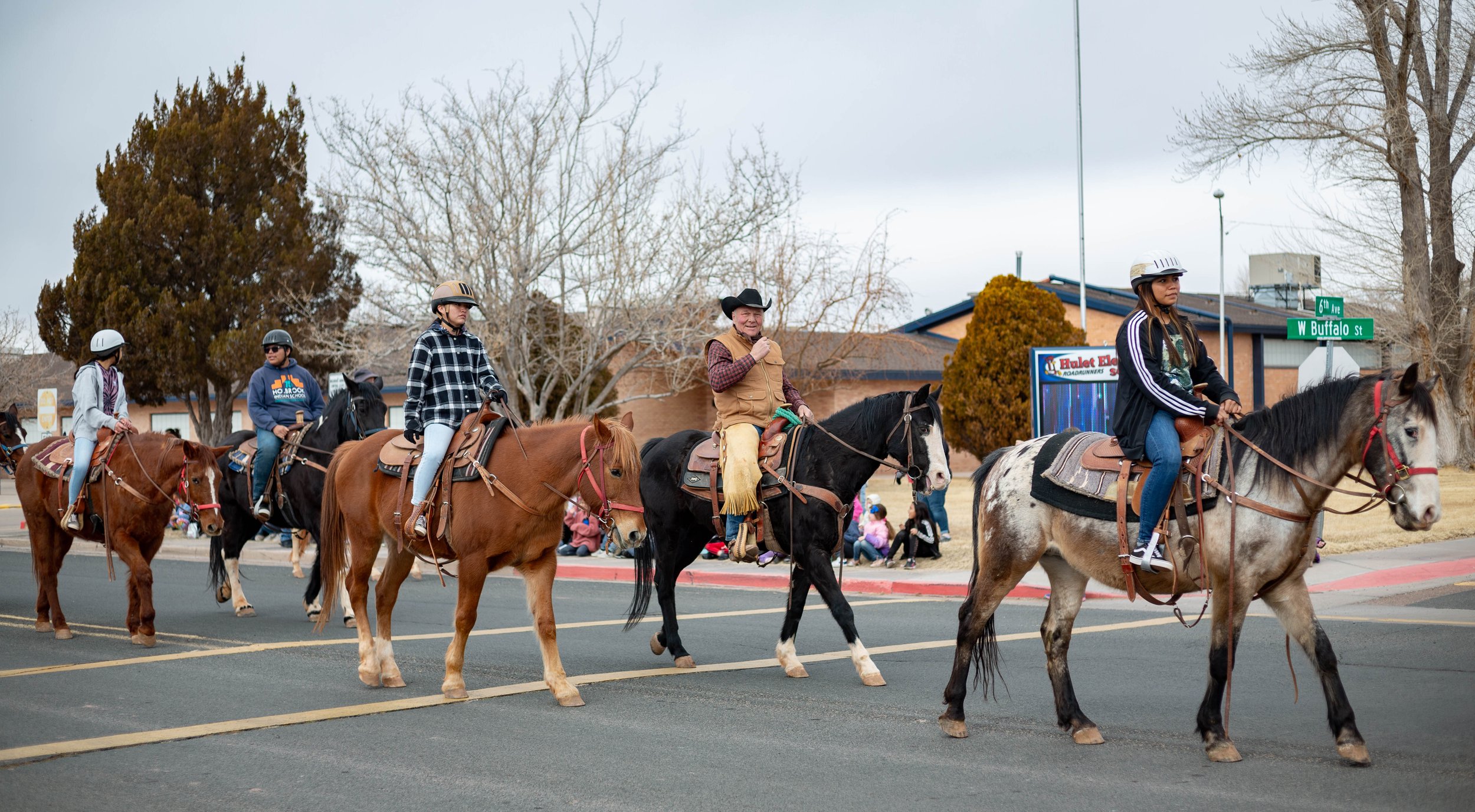
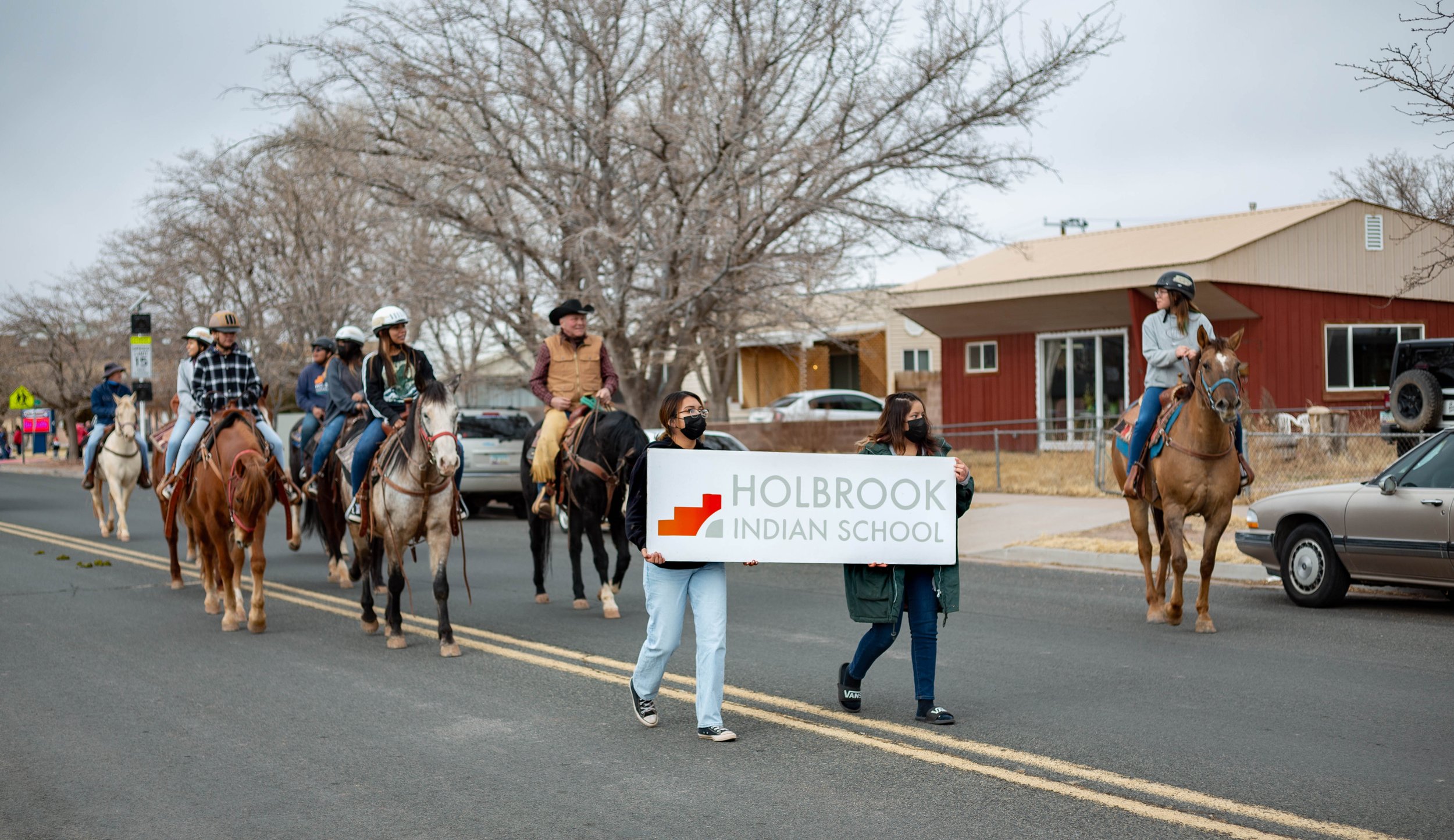
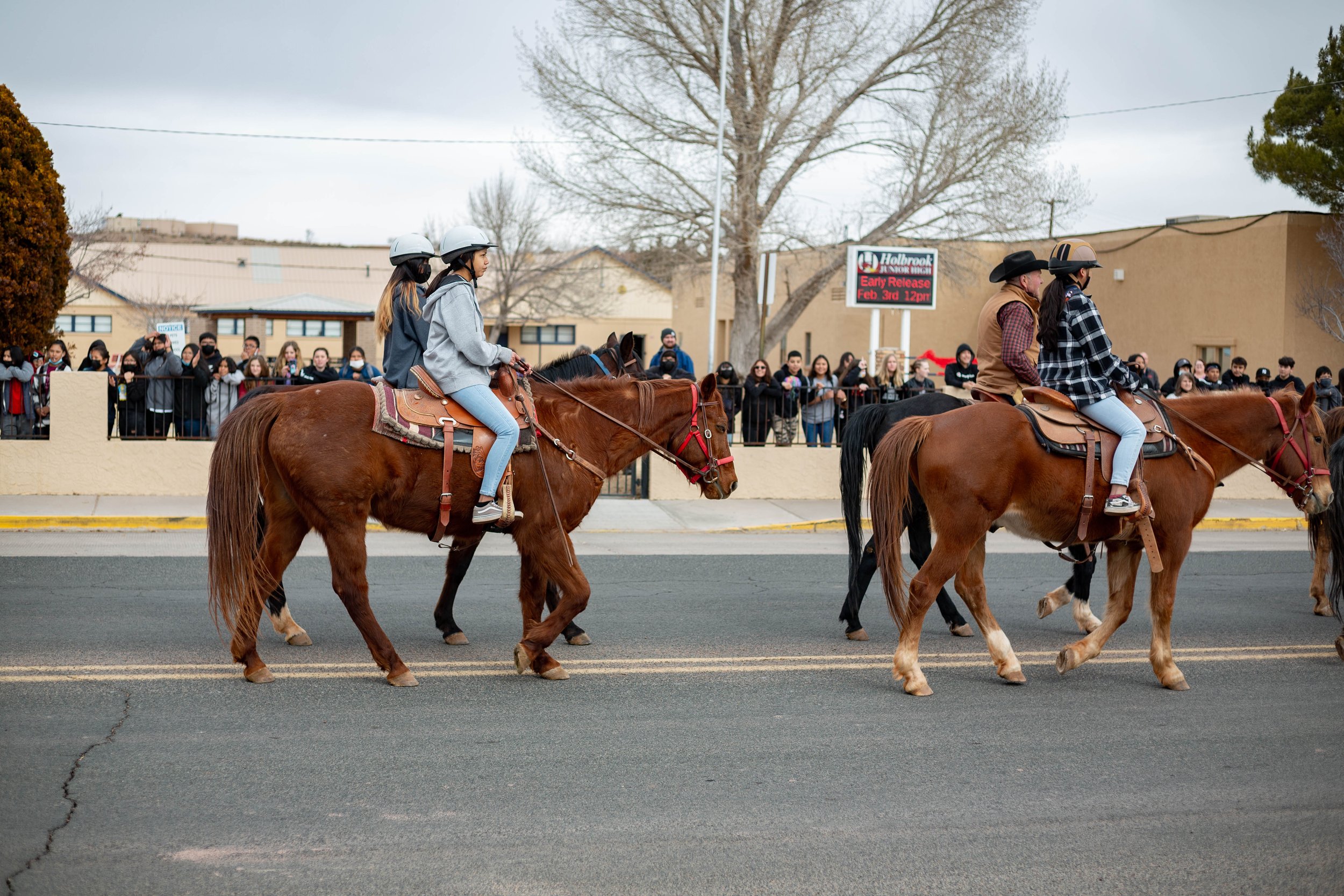
When you give to the Holbrook Indian School, you are not just helping our students to learn. You are helping them gain confidence and discover their potential by providing something many of our students don’t have; a safe haven to live, learn and grow.
You are giving them the opportunity to overcome the trauma and a mistrust of people that may be holding them back.
If you would like to find out more about the needs of the Agriculture Program, or any of our other programs visit our programs page or contact the Development Office at:
(928) 524-6845 ext. 109 or development@hissda.org.
Thank you for your support.











